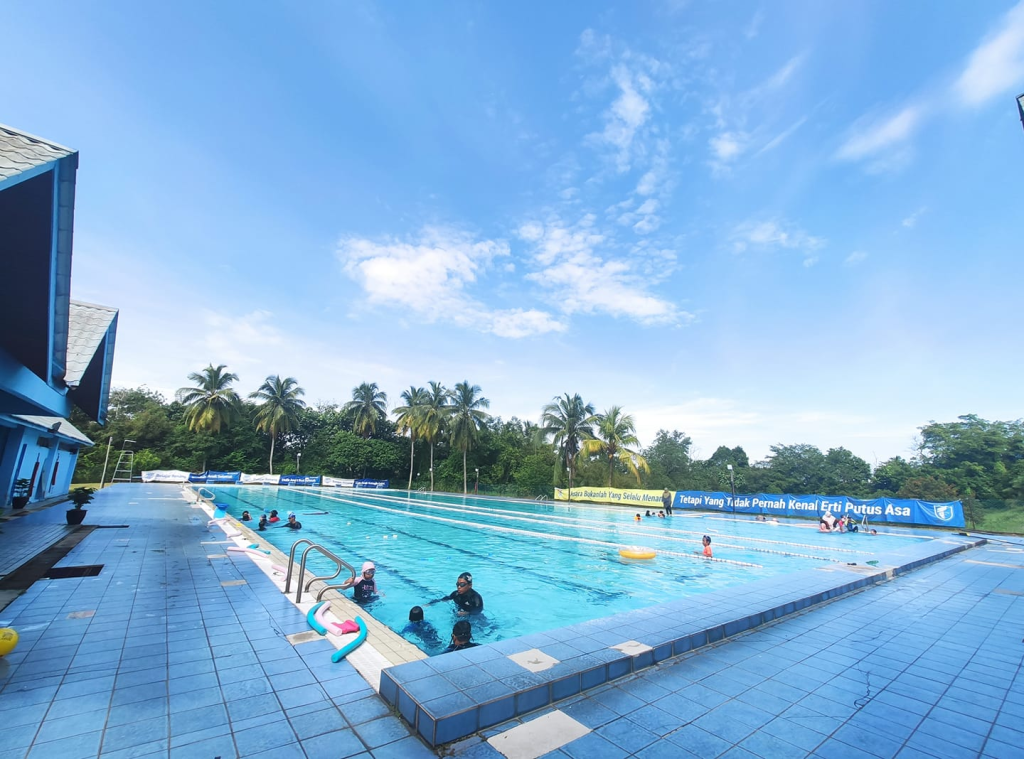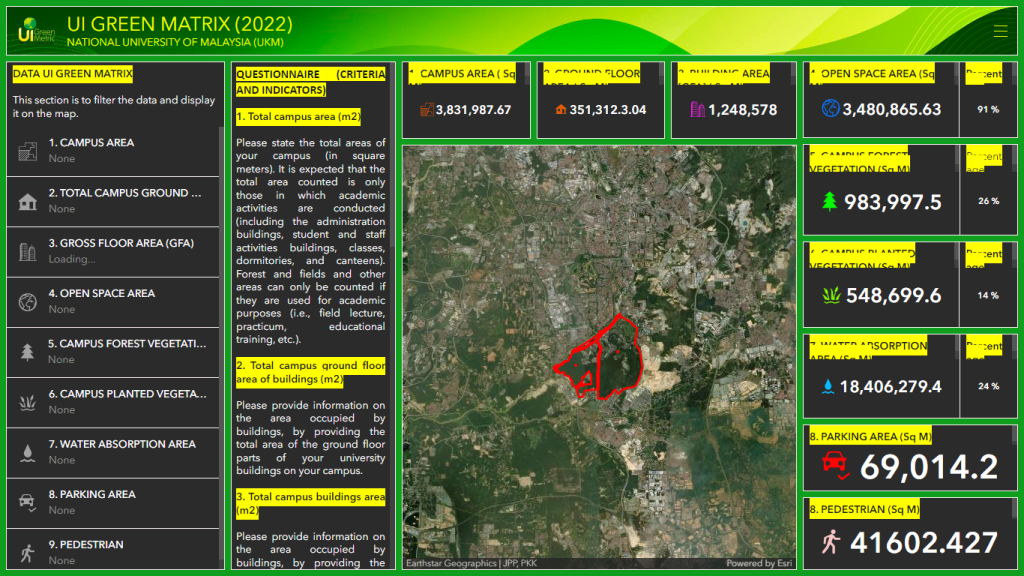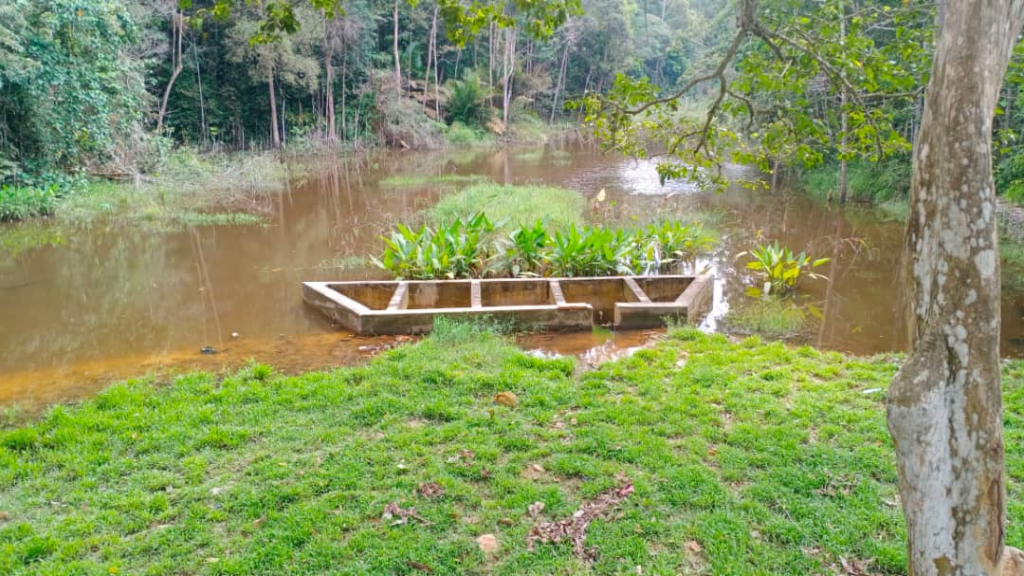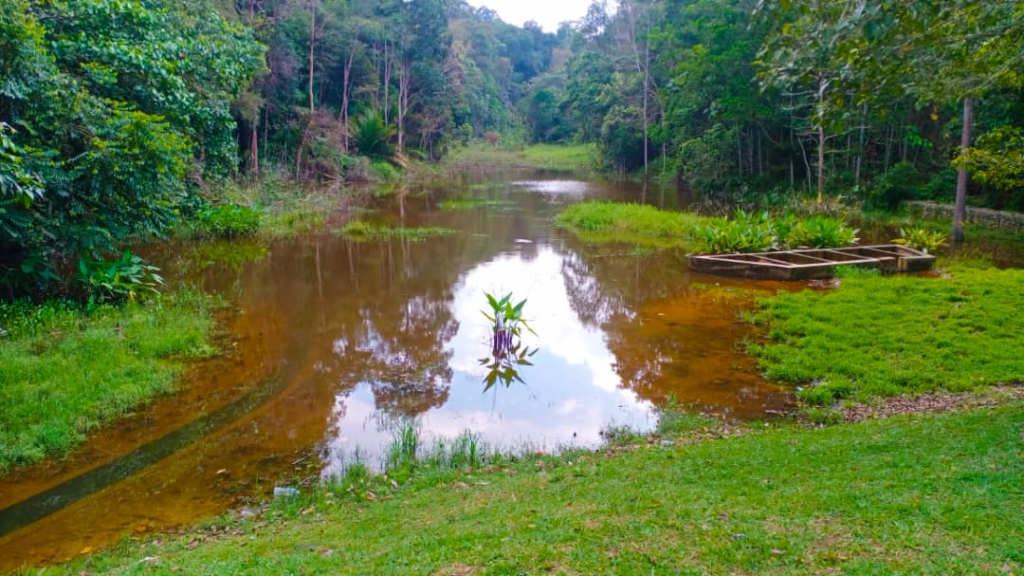Green Space @ Universiti Kebangsaan Malaysia
Basic information of the university policy towards green environment. Include space for greenery and in safeguarding environment, as well as developing sustainable energy.



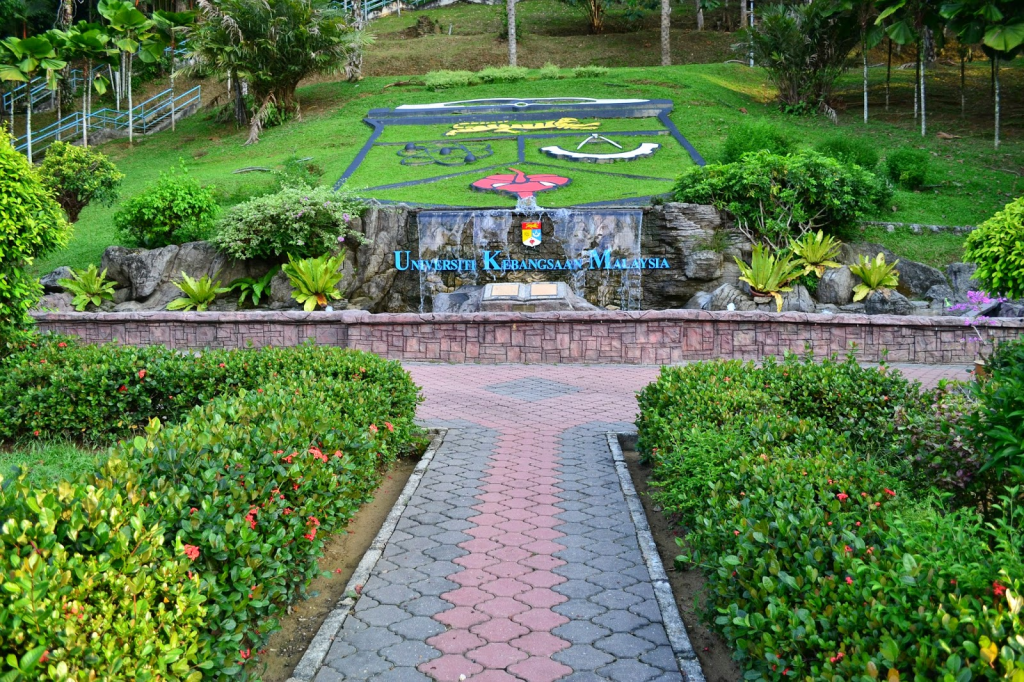
Chancellor Hall Tun Abdul Razak (DECTAR) UKM
Chancellor Hall Tun Abdul Razak, a main hall of the oldest and largest in the University. Built in 1971, on an area of 3.5 hectares, it was used for convocations since 1973 again. The Council is also used for official events such as university final examination, staff awards ceremony, banquet feast and celebration of independent threshold.
An ideal venue for exhibitions, conference, concerts, talks.

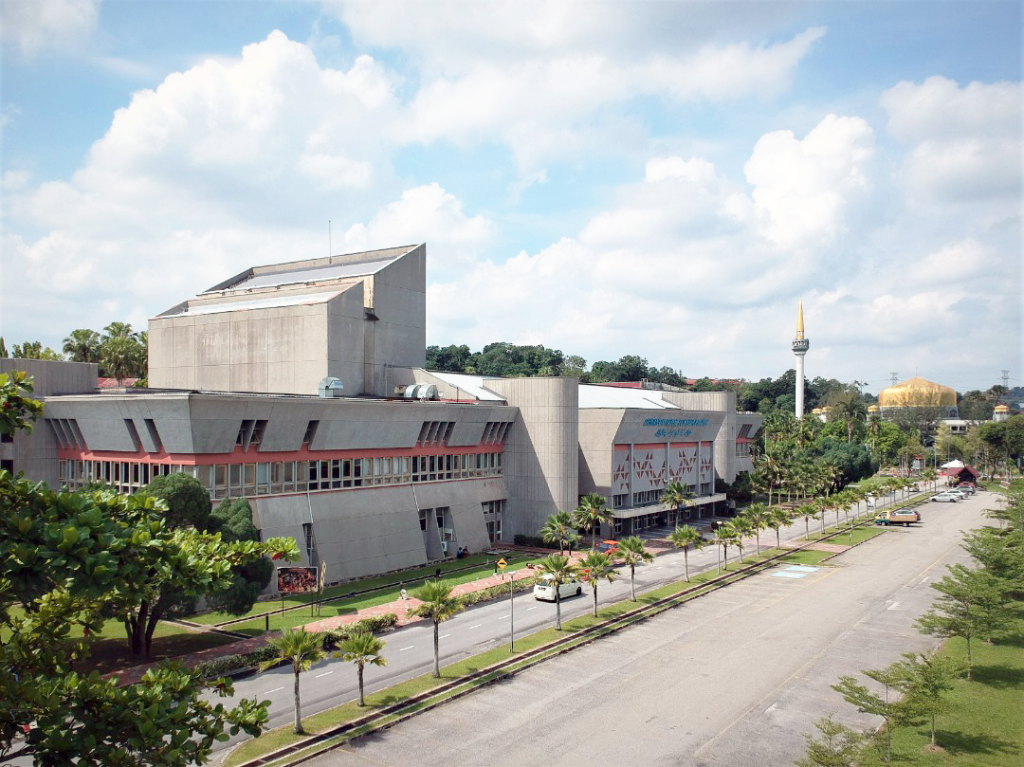
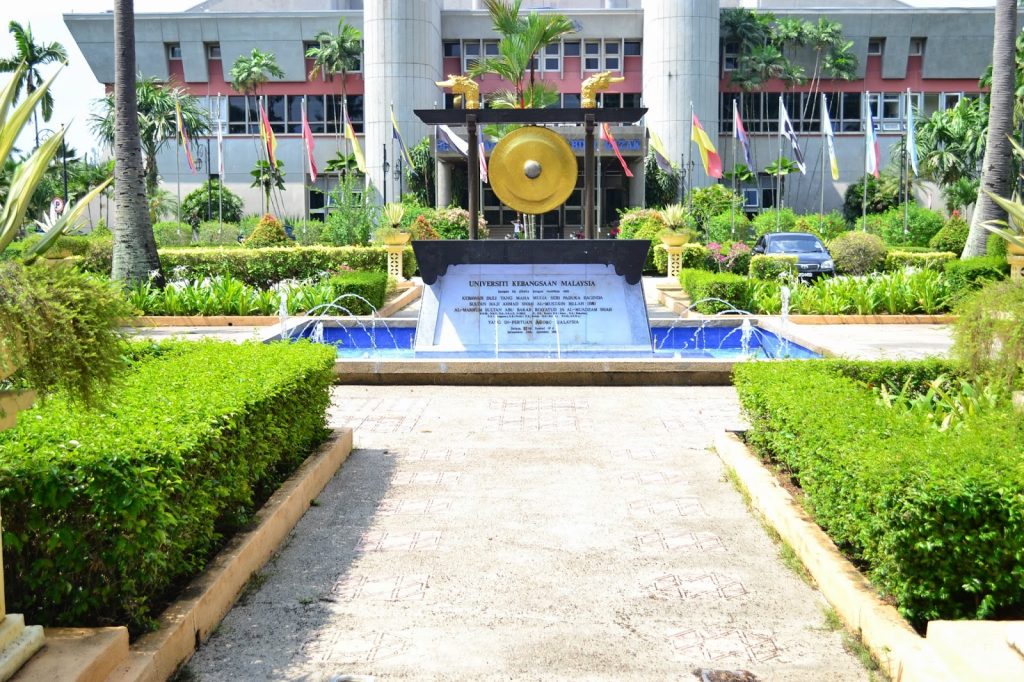
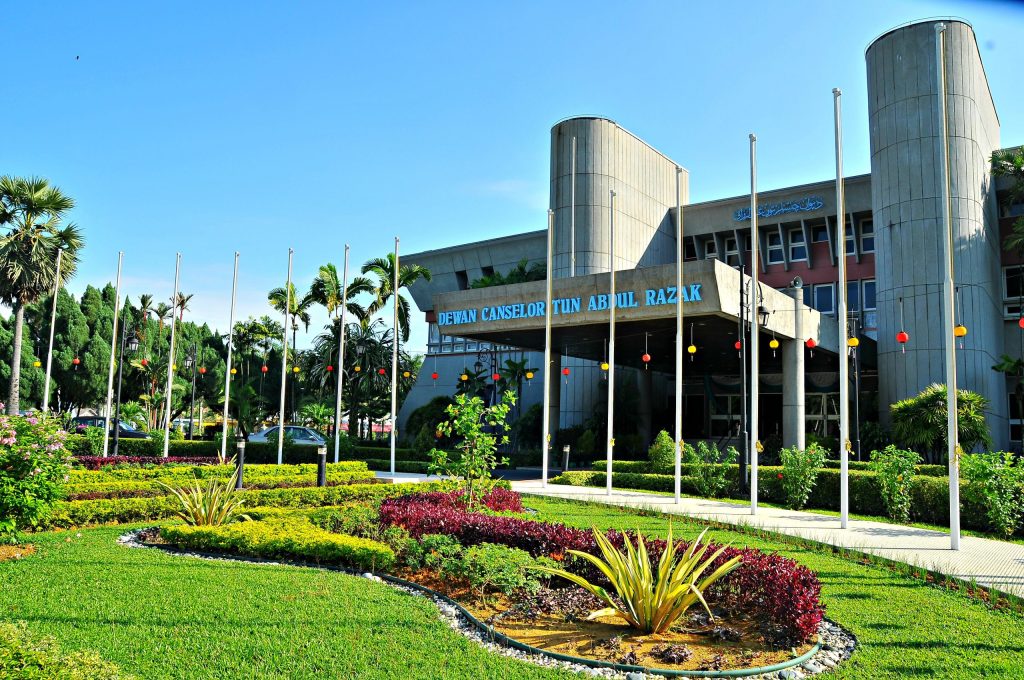
Residential College
1. Dato’ Onn Residence
Dato’ Onn College (KDO) is the First College established in UKM Bangi in parallel with the transfer of the UKM Campus to Bangi. First College has changed its name to Student Complex A on 25 November 1977.
Dato’ Onn’s fame and prominence has caused his name to be immortalized in the folds of history to be remembered forever. Therefore, on 30 January 1986 equivalent to 20 Jamadil Awwal 1406 Hijrah, the position of this college was strengthened with the inauguration by YAB Tun Hussein Onn, the 3rd Prime Minister of Malaysia.
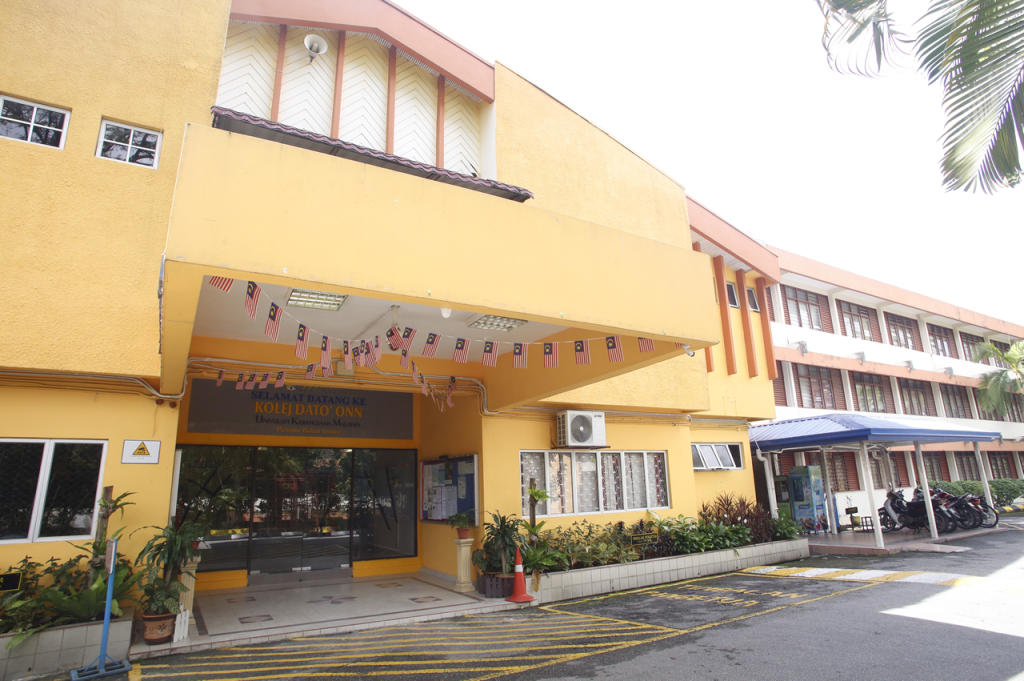
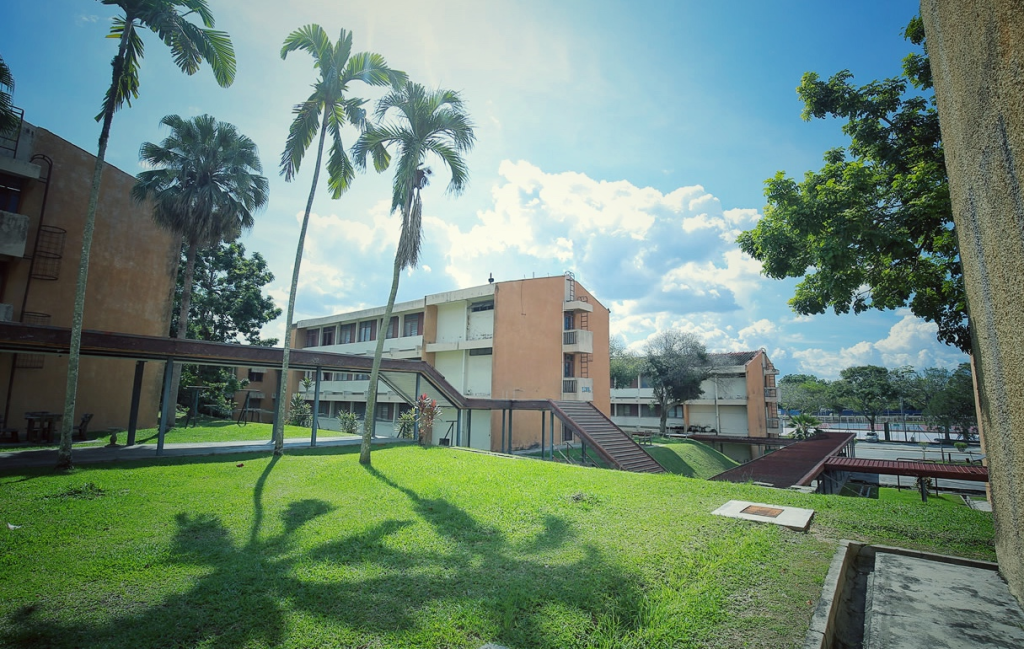
2. Aminuddin Baki Residence
In its early stages, Aminuddin Baki College was known as UKM’s Second Residential College and was opened for accommodation around 1971. This college is the oldest residential college in UKM after Dato’ Onn College.
Now, after reaching the age of 44, Aminuddin Baki College continues to thrive, standing with other residential colleges in UKM.
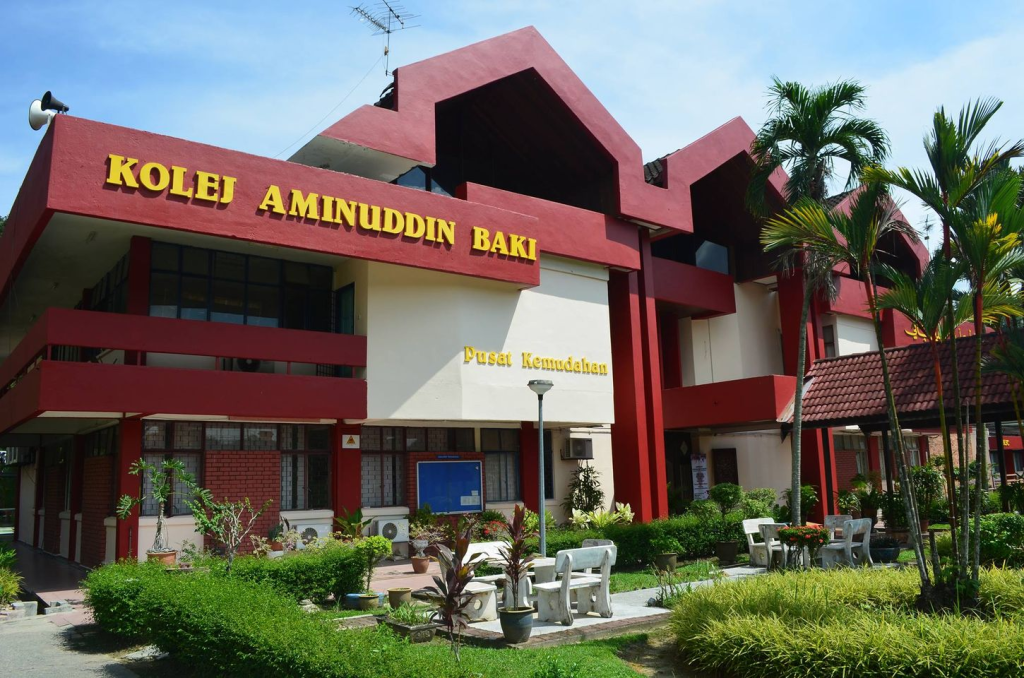
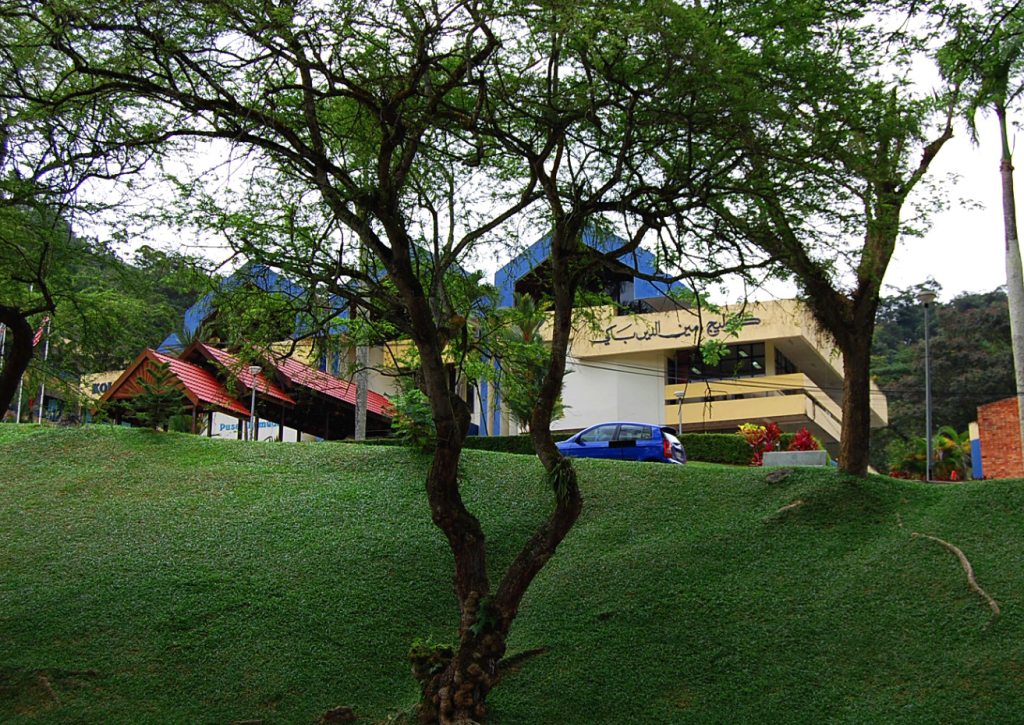

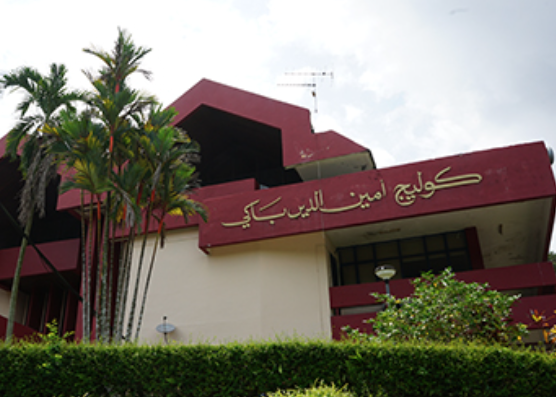
3. Ungku Omar Residence
Ungku Omar College was built on 23 June 1976 and completed on 7 January 1978 with an area of 220 square feet. Ungku Omar College has four dormitory blocks, 23 dormitory blocks and three dormitory blocks that can accommodate a total of 1024 residents.
With the acronym KUO, this college is named after a national medical figure – the late Prof. Dato’ Dr. Ungku Omar bin Ahmad.
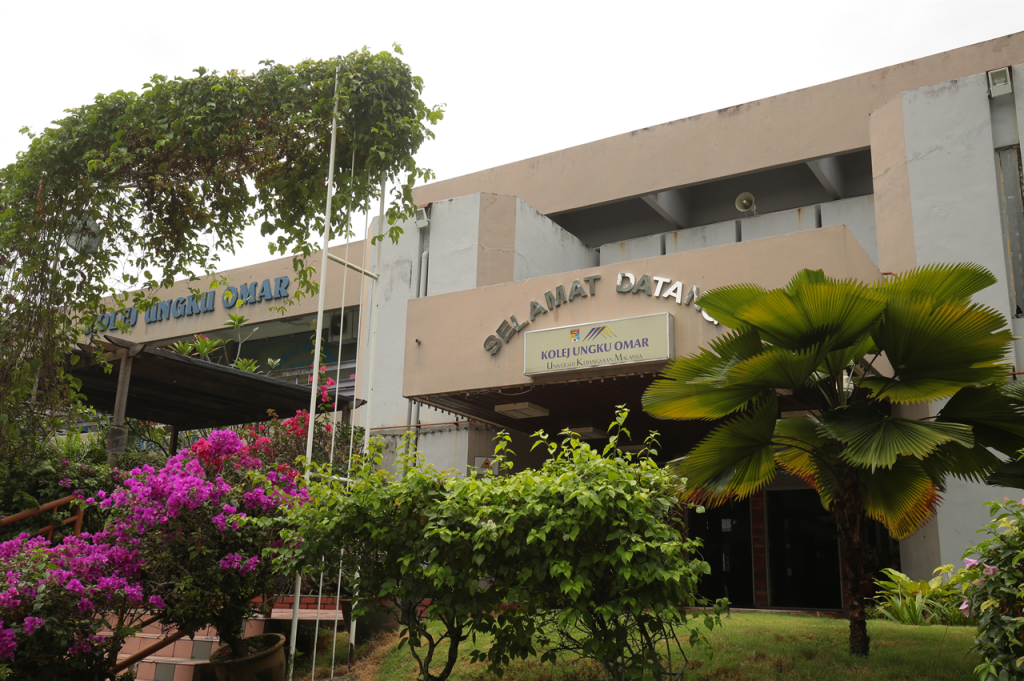



4. Burhanuddin Helmi Residence
Burhanuddin Helmi College was started to build on 27th December 1976 and completed in 1979.
This college has immortalized the name of a figure, Dr. Burhanuddin Al-Helmi. A Professor, Malaysian Independence Fighter and also a well -known national scholar. Burhanuddin Helmi College can accommodate a total of about 800 people at a time.
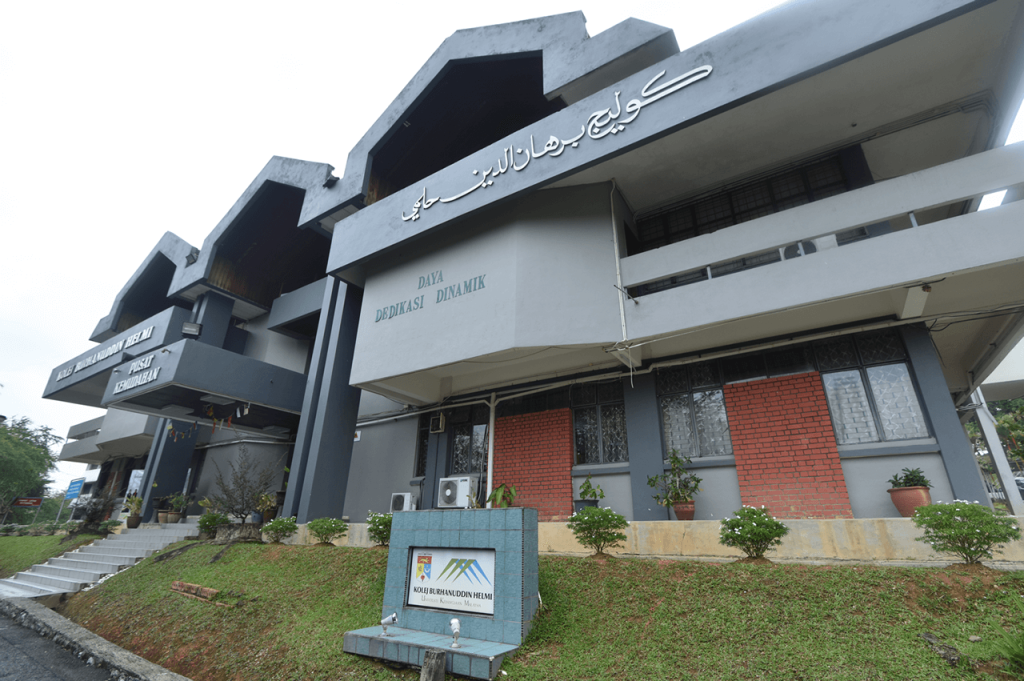
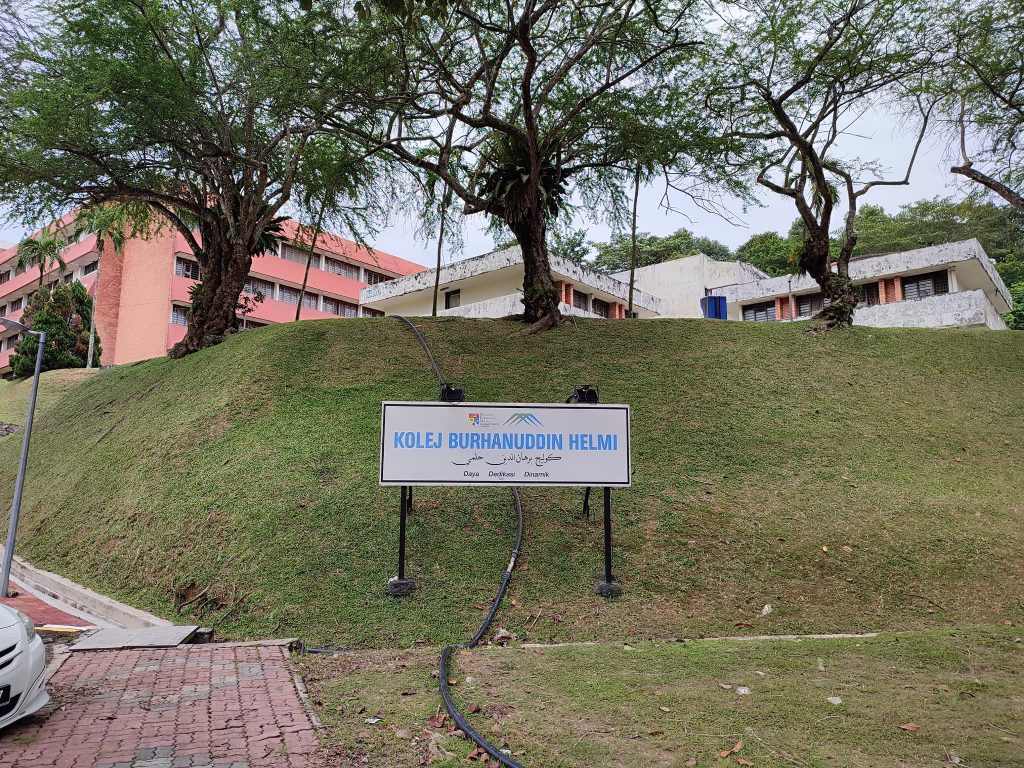
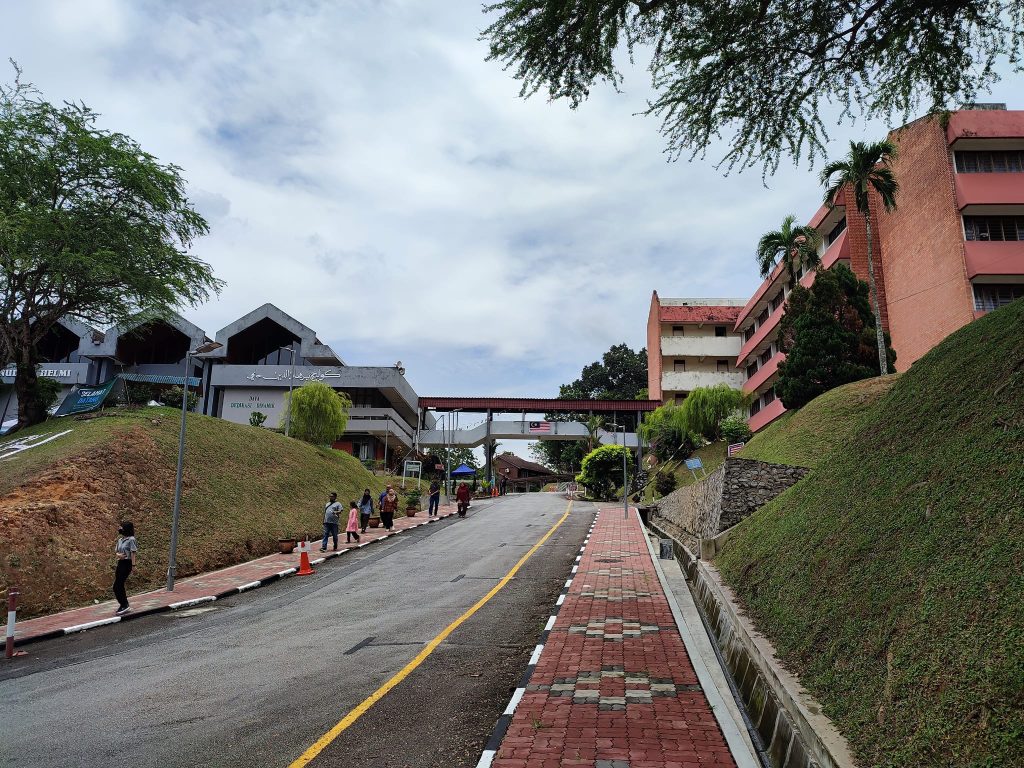
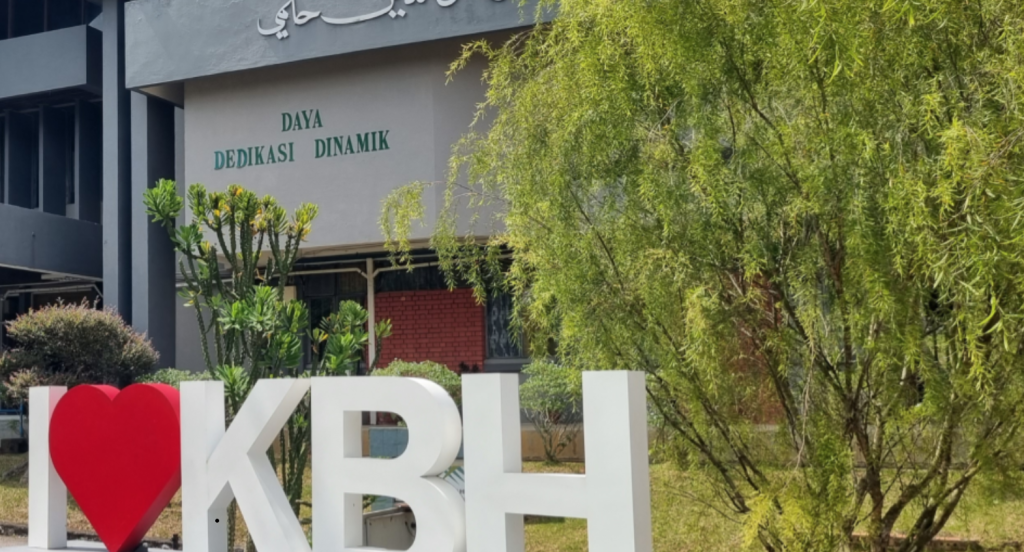
5. Ibrahim Yaakub Residence
Ibrahim Yaakub College is one of the ten colleges located on the main campus of UKM Bangi. Due to its high geographical location, this college is also named as HIGHLANDERS.
The highest college in UKM was built in 1980 and first opened in 1982. This college is also known as the COLLEGE OF KNOWLEDGE in line with its determination to uphold knowledge among its residents.
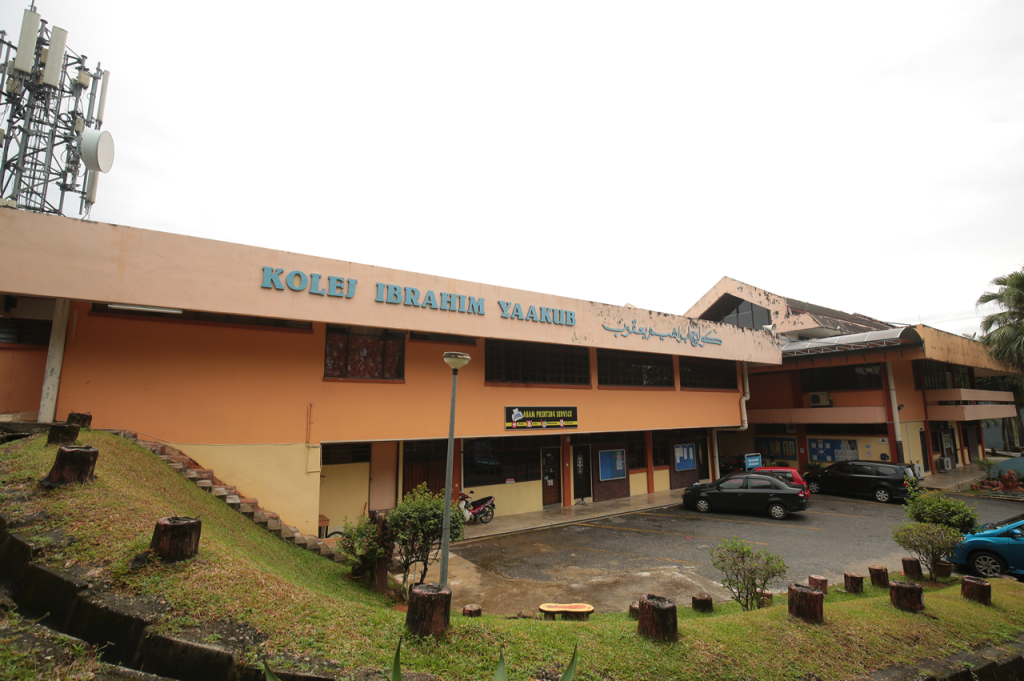
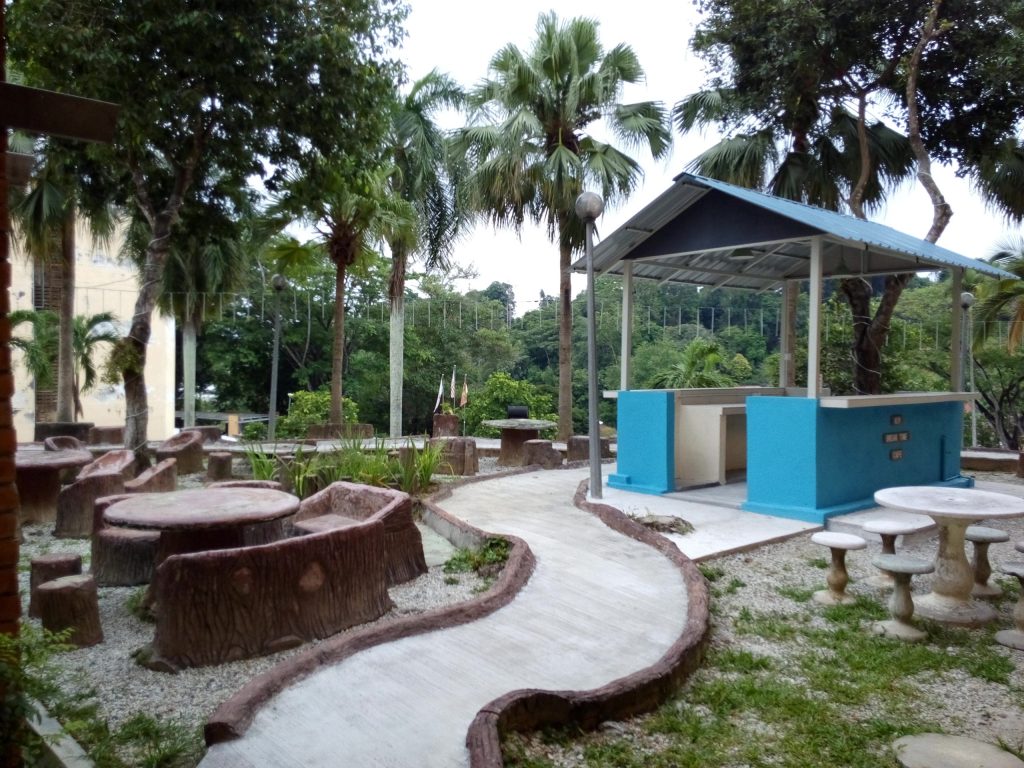

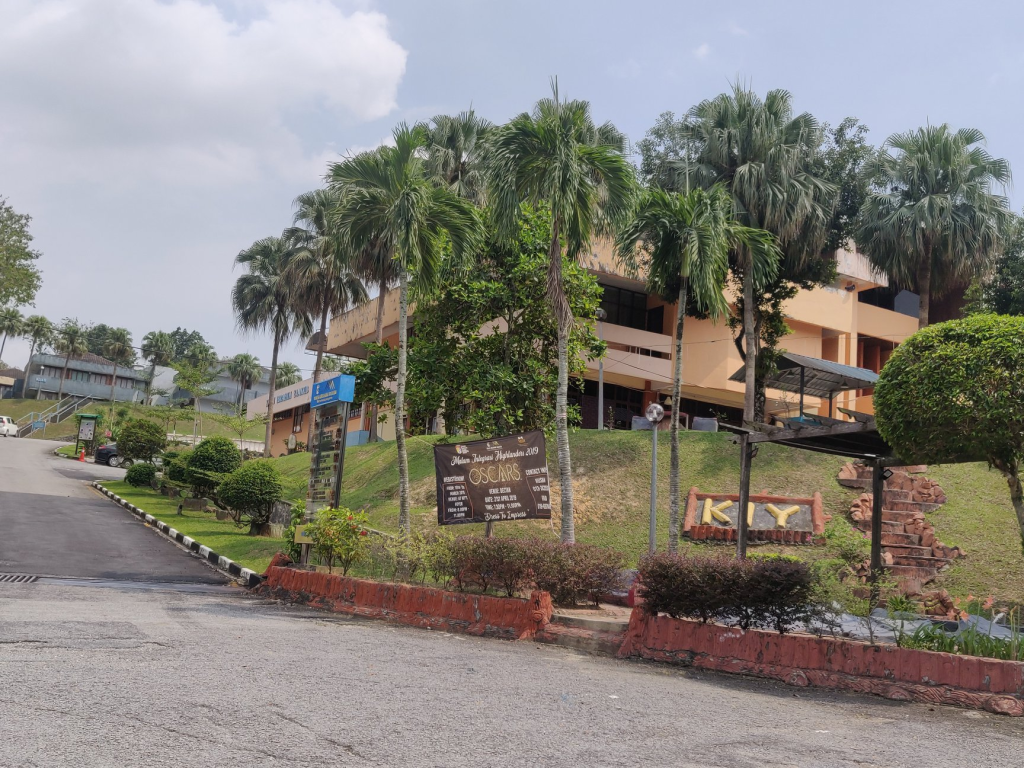
6. Rahim Kajai Residence
Rahim Kajai Residence or Kolej Rahim Kajai (KRK) is one of the earliest colleges established during the initial establishment of Universiti kebangsaan Malaysia (UKM).
The college, which was initially known as college F, was established on 31 January 1983. Now Rahim Kajai Residence can accommodate 800 residents.
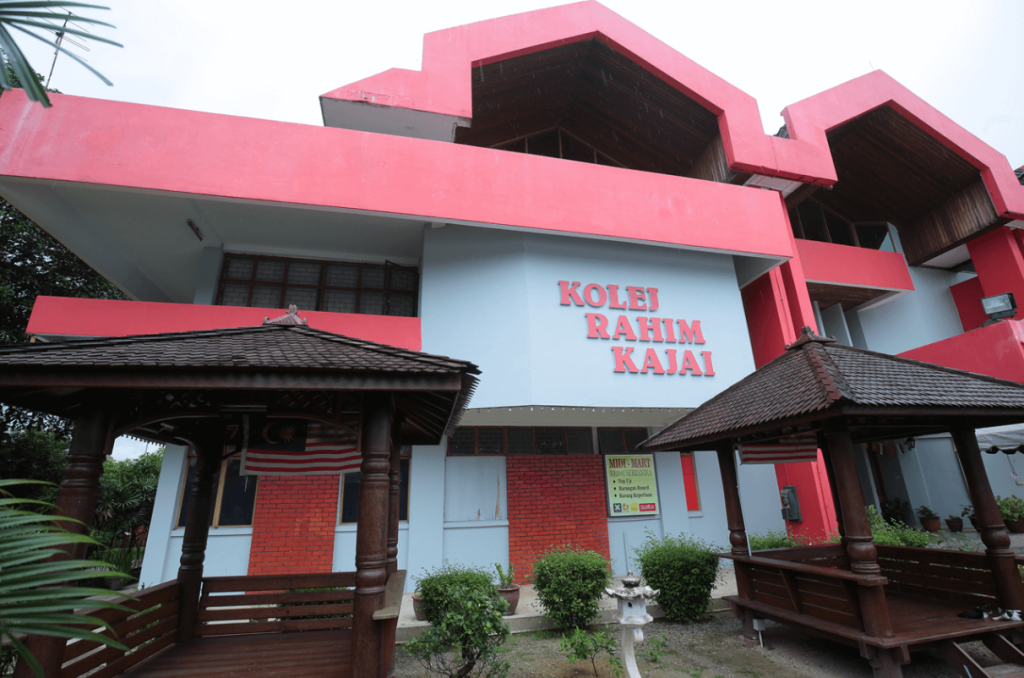



7. Ibu Zain Residence
This college is named after independence hero of Ibu Zain whose real name is Tan Sri Zainun Munshi Sulaiman, a Malay female figure full of tenderness but decisive in the struggle to develop the nation. The establishment of this seventh residential college is able to accommodate the accommodation needs of 400 students.
The college is built on Bukit Warisan with a resort-style concept that emphasizes a green environment and landscape that is conducive to a learning environment.
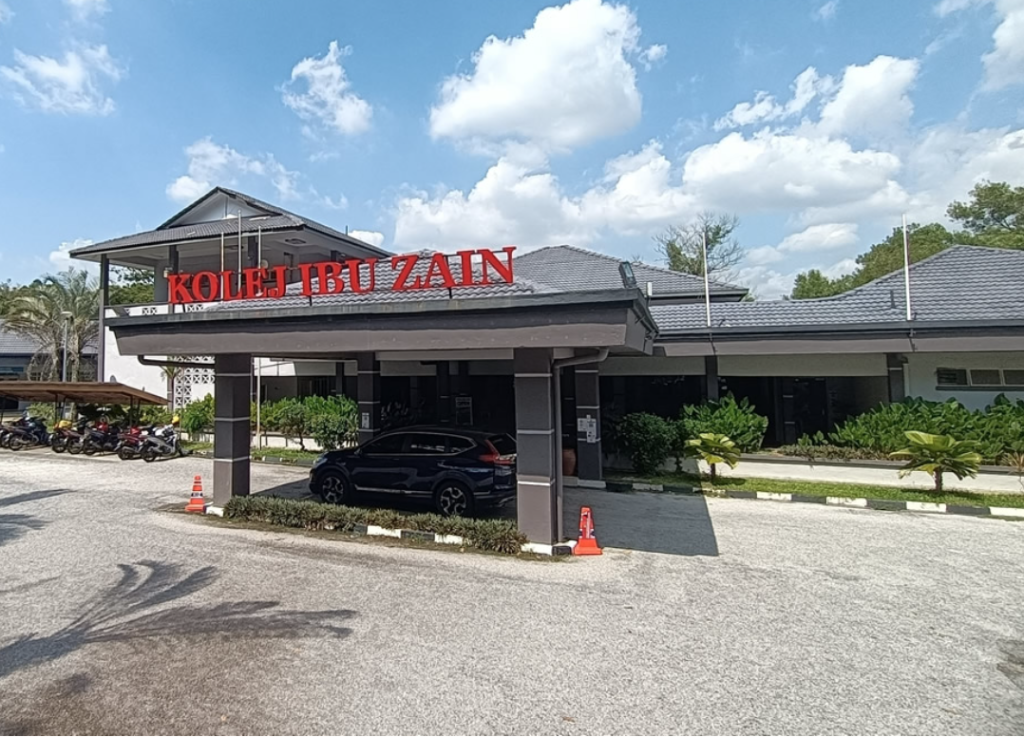

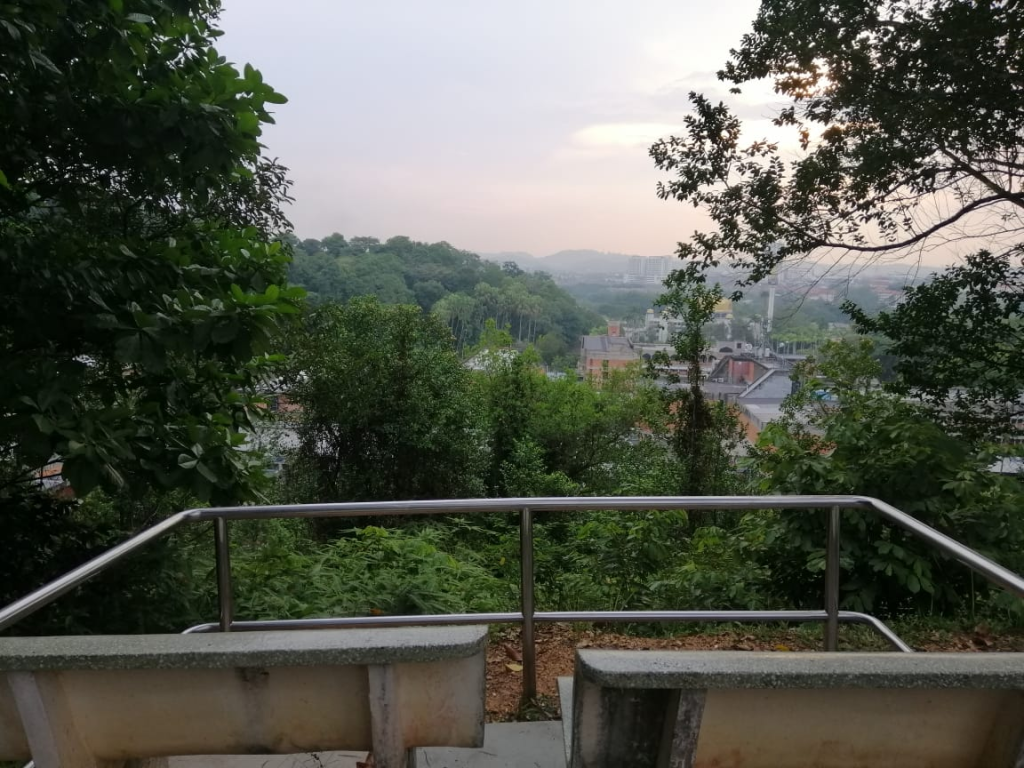
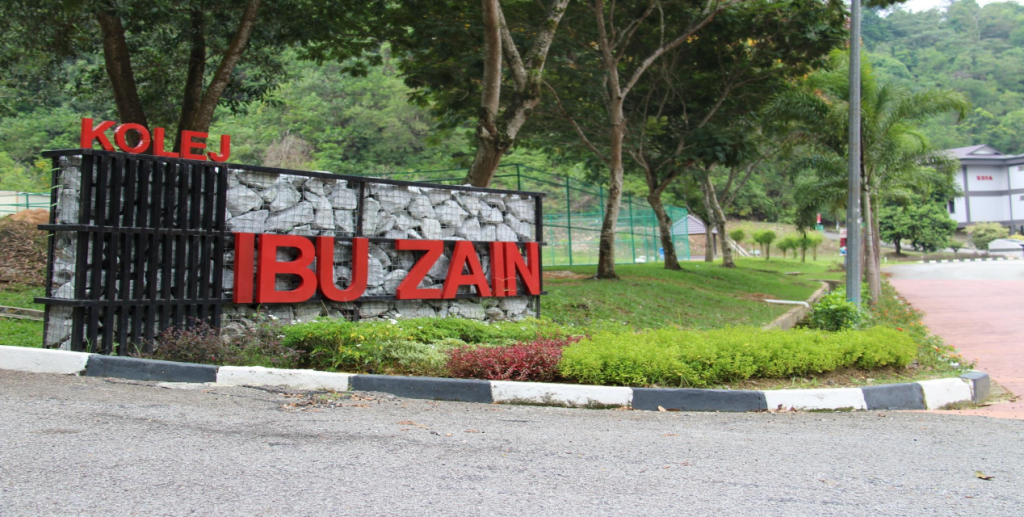

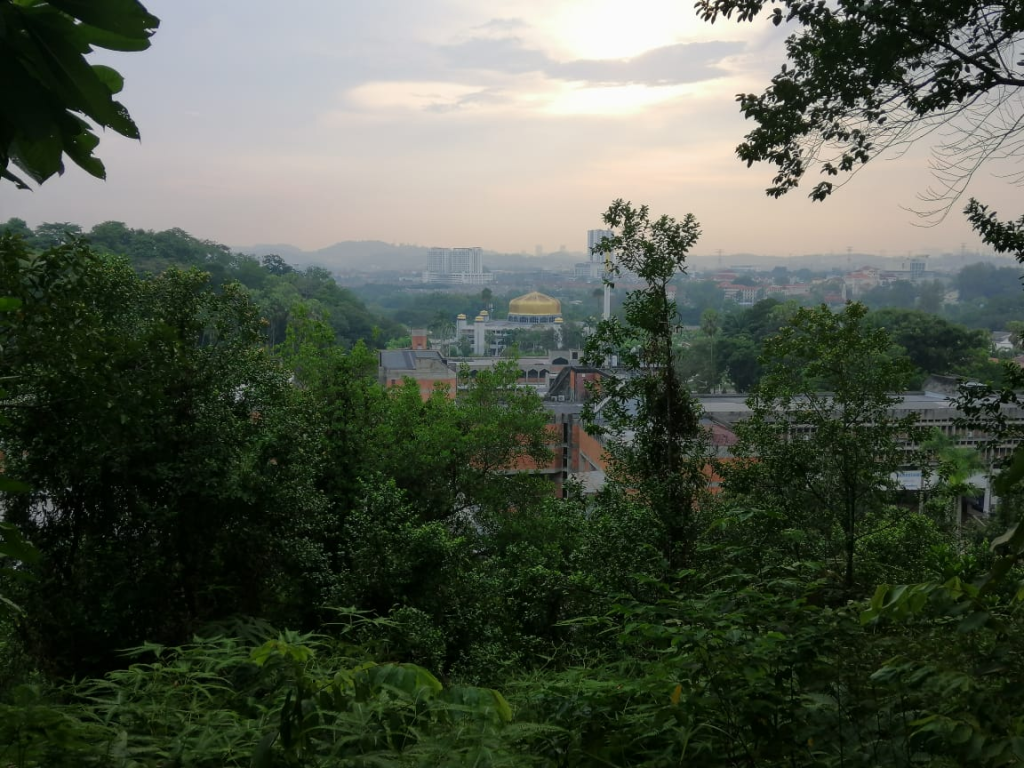
8. Keris Mas Residence
Keris Mas Residence is one of the accommodation colleges in Universiti Kebangsaan Malaysia, which is surrounded by nature.
Keris Mas Residence is one of the largest colleges in Universiti Kebangsaan Malaysia. The college has 9 blocks of which 2 blocks for men, 6 blocks for women and one block is reserved for outdoor accommodation.
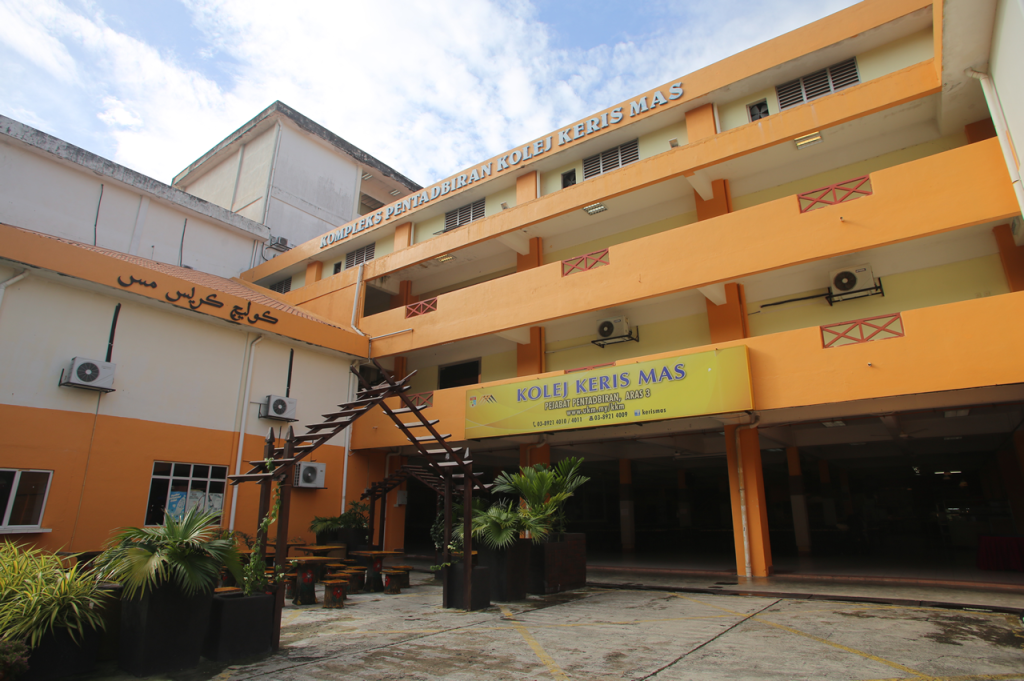

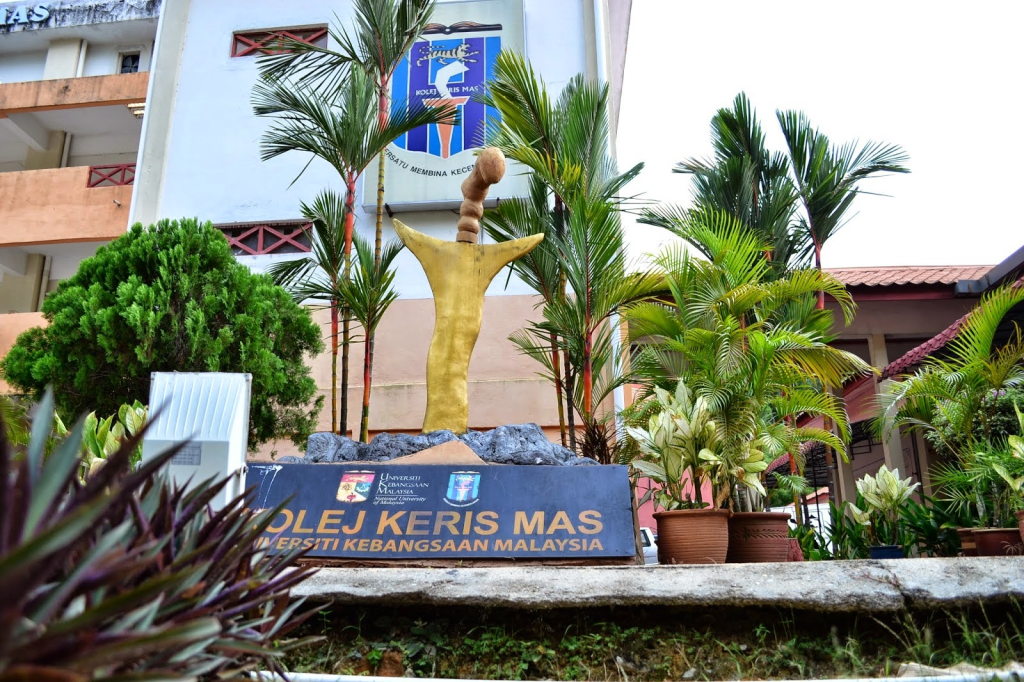
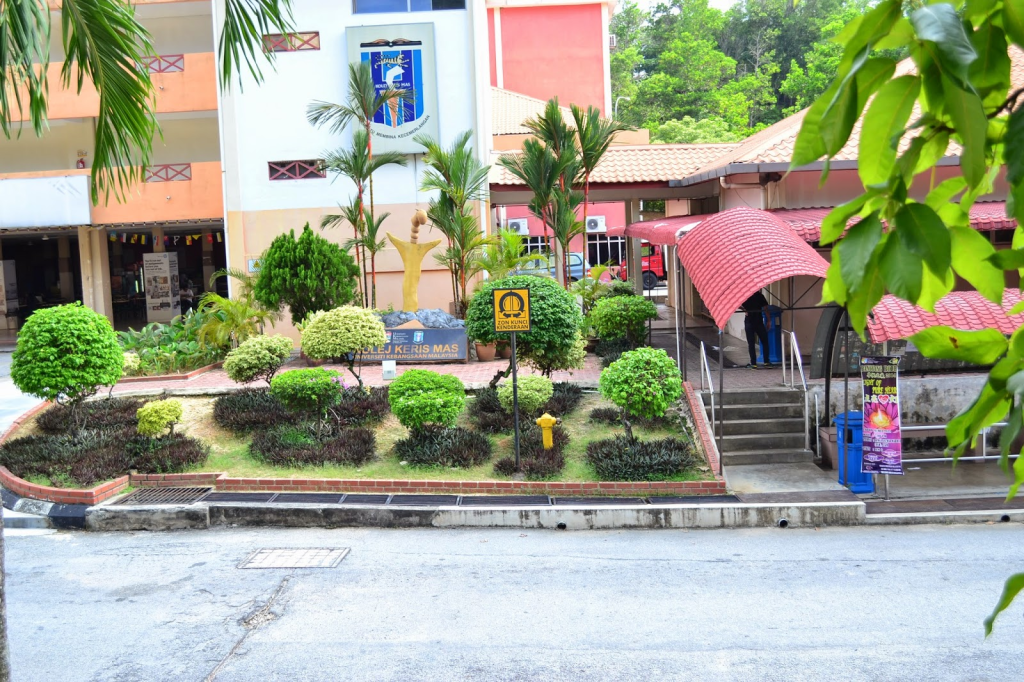
9. Pendeta Za’ba Residence
Pendeta Za’ba Residence or better known as KPZ is the largest and youngest residential college of the 12 residential colleges in Universiti Kebangsaan Malaysia (UKM).
The name of this Pendeta Za’ba Residence was named after a Malay nationalist minister of science and famous, namely Zainal Abidin Ahmad, better known as the Za’ba who was born on 16 September 1895 at the Kampung Batu Kikir, Kuala Pilah, Negeri Sembilan.
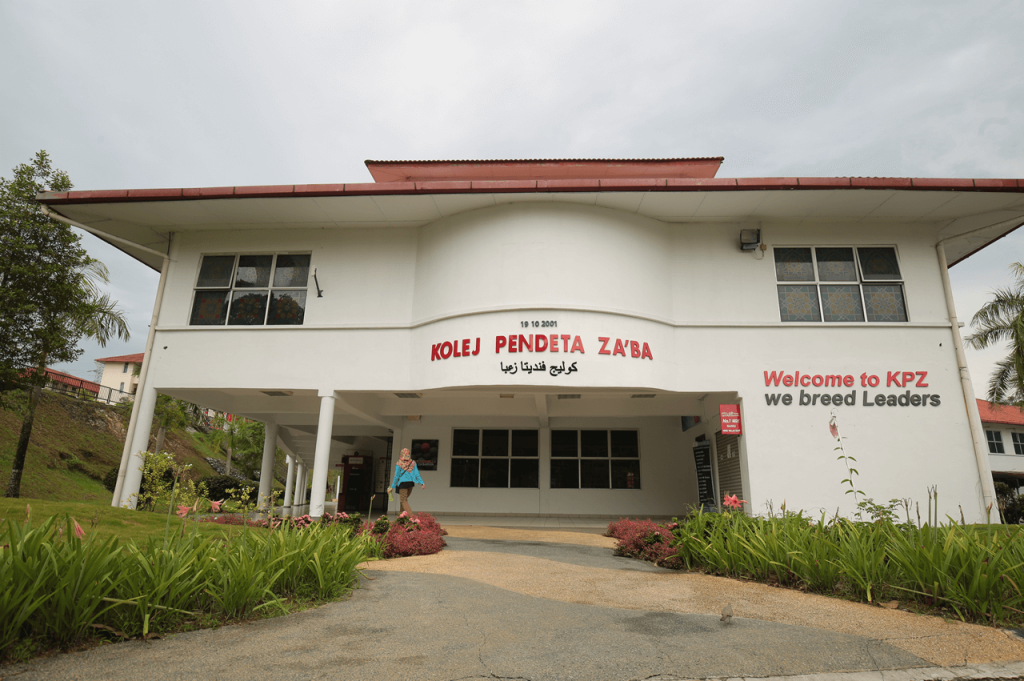
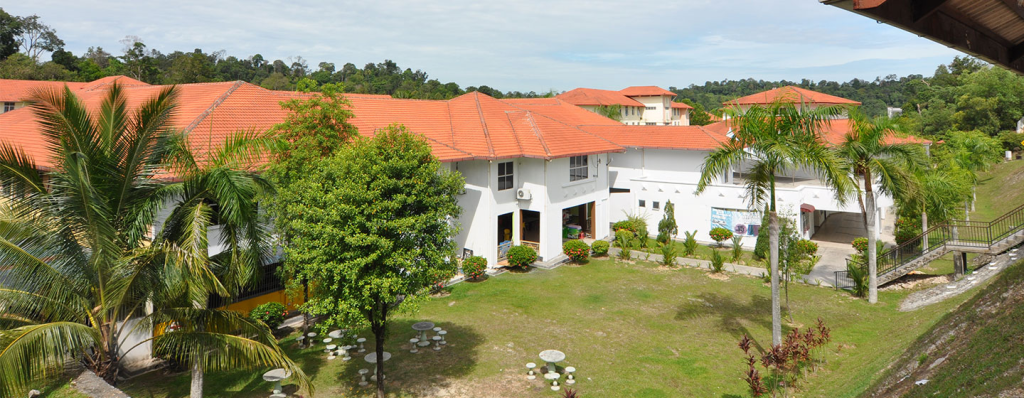

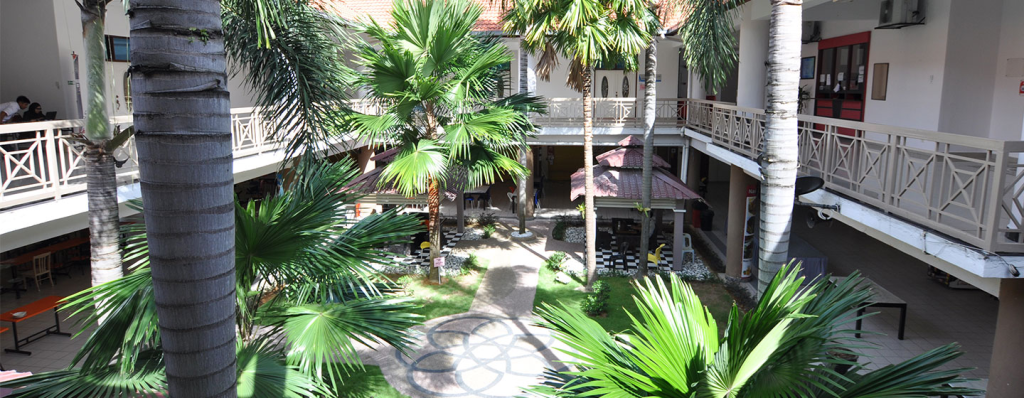
10. Tun Hussein Onn Residence
Tun Hussein Onn Residence was formerly known as Kamsis (Kampung Siswa) Dato ’Onn II until 1990, then changed its name to Kamsis Tun Hussein Onn. In line with the restructuring this Kamsis was later known as the Tun Hussein Onn Residence.
The use of the name Tun Hussein Onn is due to his involvement in the military as well as his contribution as a fighter for the dignity of the nation. Therefore, the use of the name Tun Hussein Onn is very appropriate for this college which is the residential college of the Reserve Officer Training Team (PALAPES).
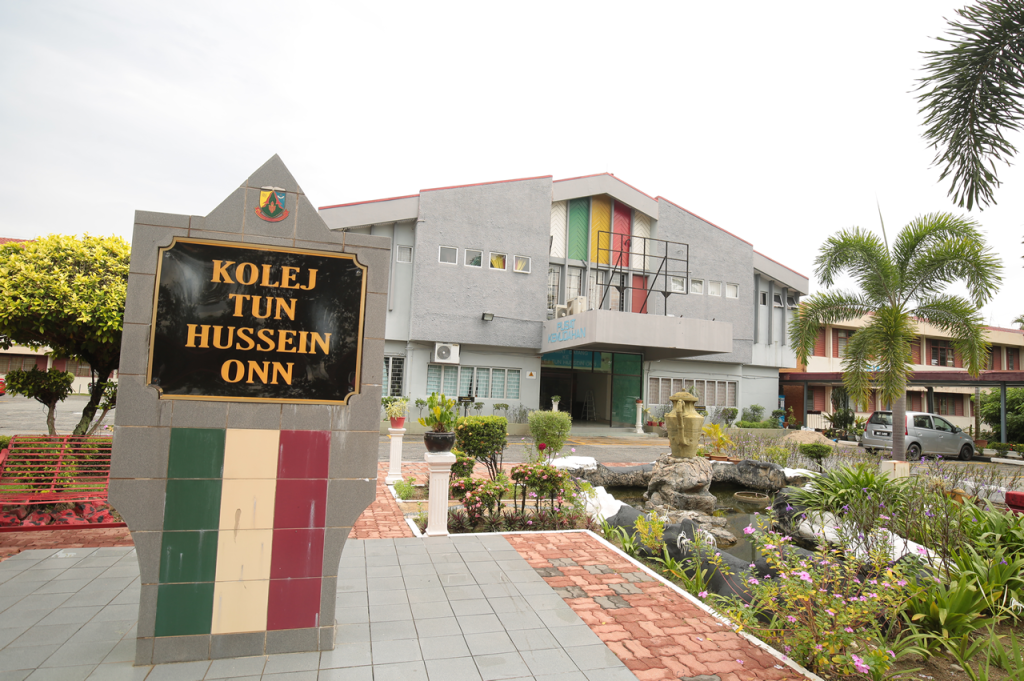
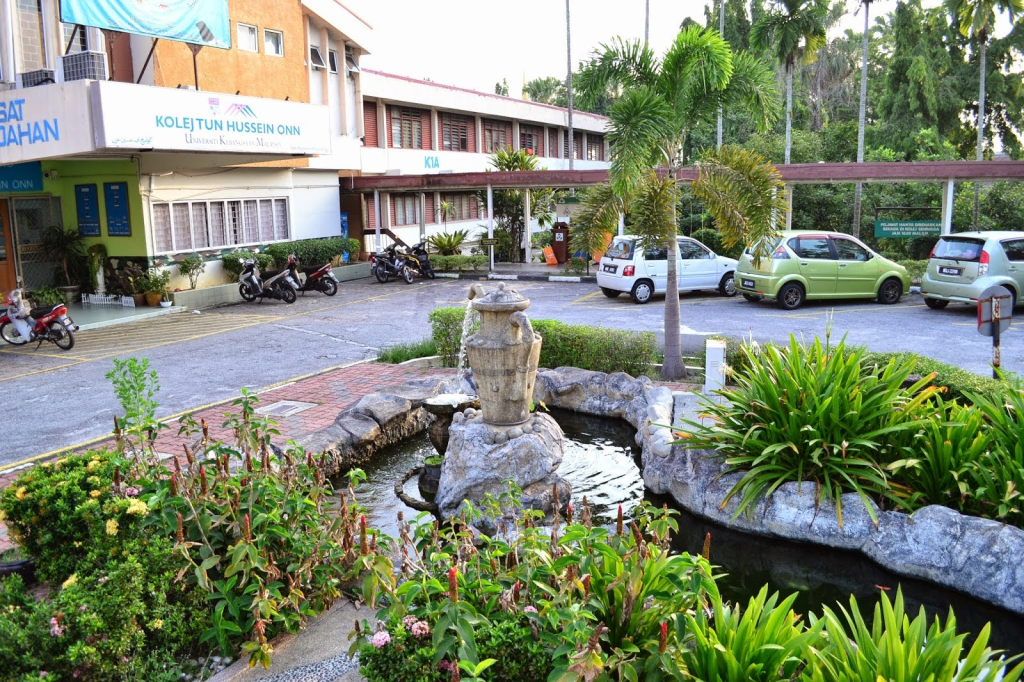
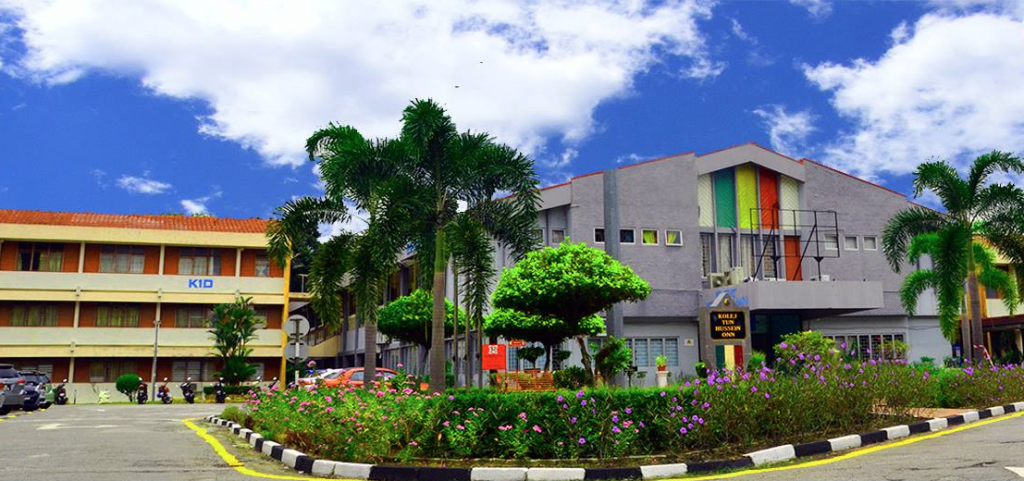

11. Tun Syed Nasir Residence
At the beginning of the establishment of Kolej Tun Syed Nasir (KTSN), this residence used the name in conjunction with the name of Tun Dr. Ismail bin Dato Hj. Abdul Rahman who has contributed a lot and served the country. The building construction began in August 1978 and was completed on 28 June 1982.
The college can accommodate a total of 1 279 students with a multi-purpose hall facility that can accommodate a total of 1 200 people at a time. The college has 9 dormitory blocks from blocks A, B, C, D, E, F, G, H & J and Block 6 dormitories.
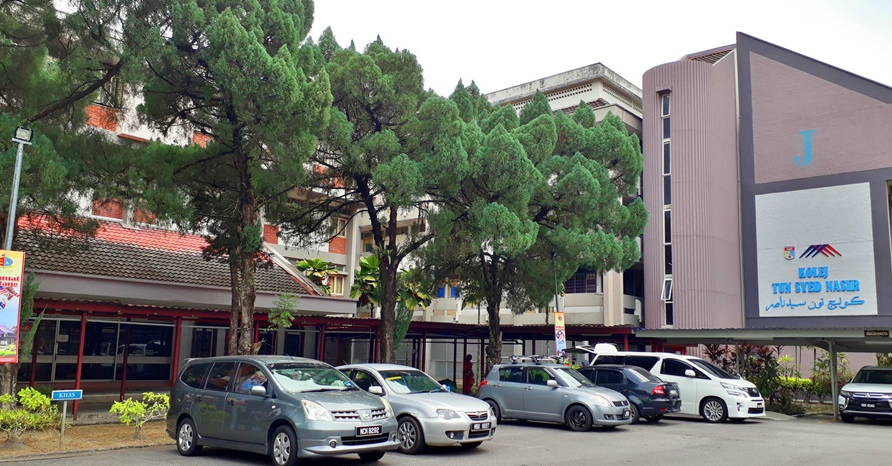
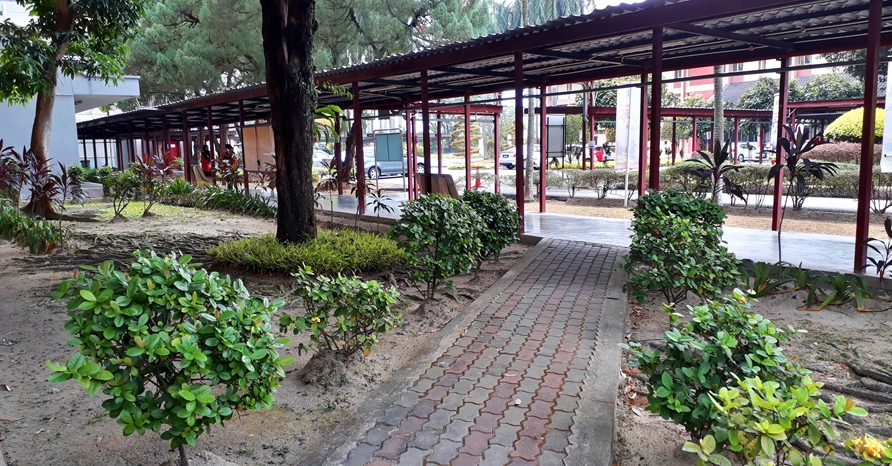

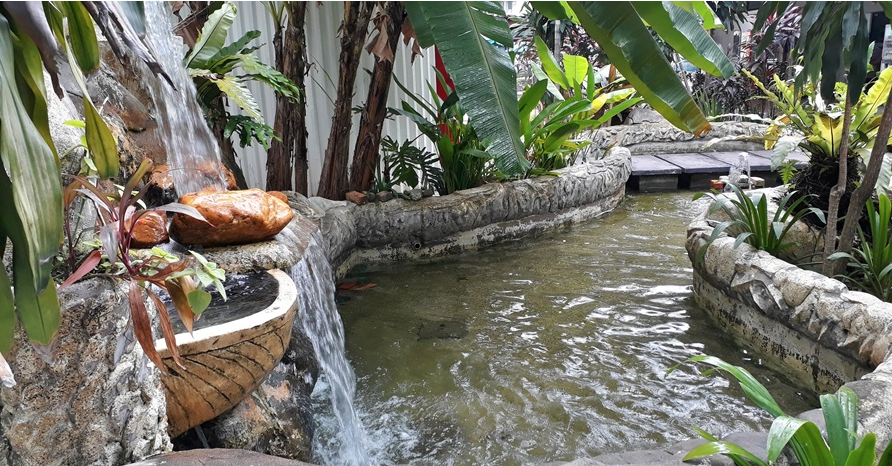
12. Tun Dr. Ismail Residence
The Tun Dr Ismail Residence (Kolej Tun Dr Ismail, KTDI) has been operating since June 1999 and was officiated three years after it was built. In 1999, the construction of Tun Dr Ismail Residential College began and was built within the site of HUKM with six blocks of hostels which could accommodate around 600 students as well as other facilities.
In 2015, the Tun Dr Ismail Residence 2 was established and officiated to house more students of Faculty of Medicine (preclinical year students and nursing students) due to the move of Faculty of Medicine for preclinical years in Kuala Lumpur to Cheras.
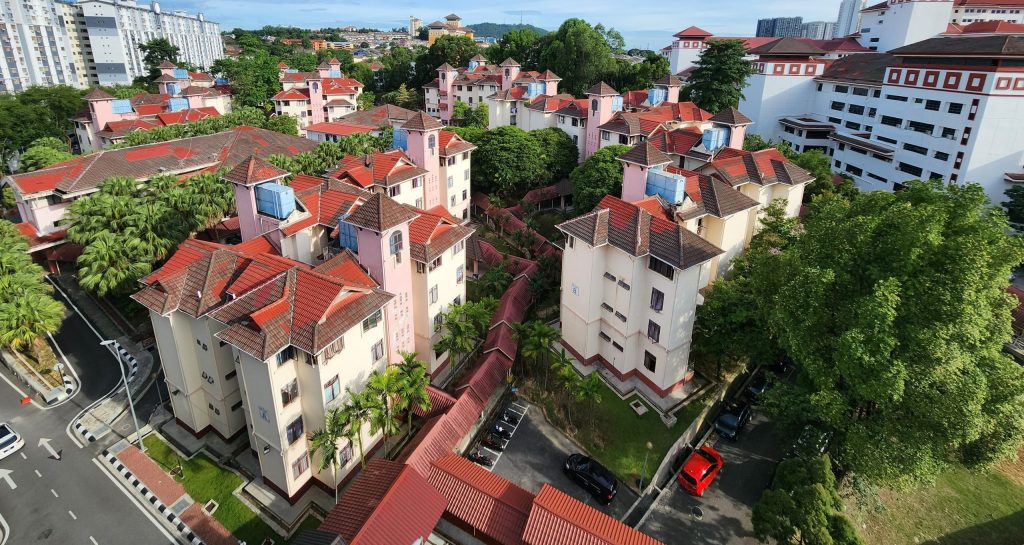



Faculty
1. Faculty of Engineering and Built Environment (FKAB) Lake
Originally a swamp, the Faculty of Engineering and Built Environment Lake, with area of 1.8 hectares and depth 1.5 meters was converted to man-made lake in 1989. The water flows from the forested hills upstream into the lake and the lake water then flows into the Langat River. The surrounding area has been developed into a recreational park with footpaths, huts and offers sifting activities for students and campus residents. Apart from functioning as a catchment area to slow down the flow to the Langat River, it is also used as a water recreation area. This lake is also used by the Faculty of Education for basic canoeing courses.


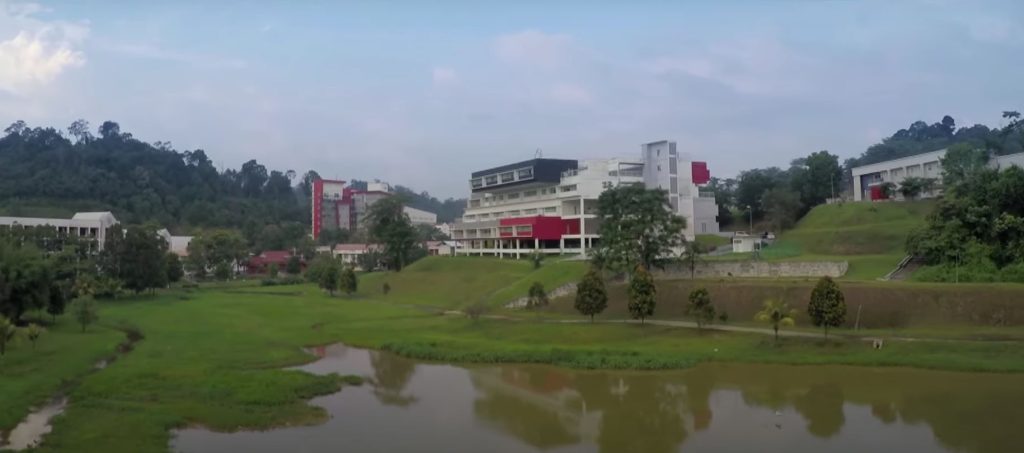

2. Faculty of Information Science & Technology
Courses related to Computer Science have been offered by Universiti Kebangsaan Malaysia (UKM) since the university was established in 1970. In line with the emergence of the computer science discipline, UKM set up the Statistics and Computer Science Unit in 1977 under the Quantitative School. The Statistics and Computer Science Unit was upgraded to become the Computer Science Department in 1982 while the Quantitative School became the Faculty of Mathematics and Computer Science in 1988. Academic programs at the Undergraduate, Master and Doctor of Philosophy (PhD) levels have been introduced incrementally. The number of academic staffs with PhDs increased in accordance with the national requirements related to enhancing the quality of teaching and research.

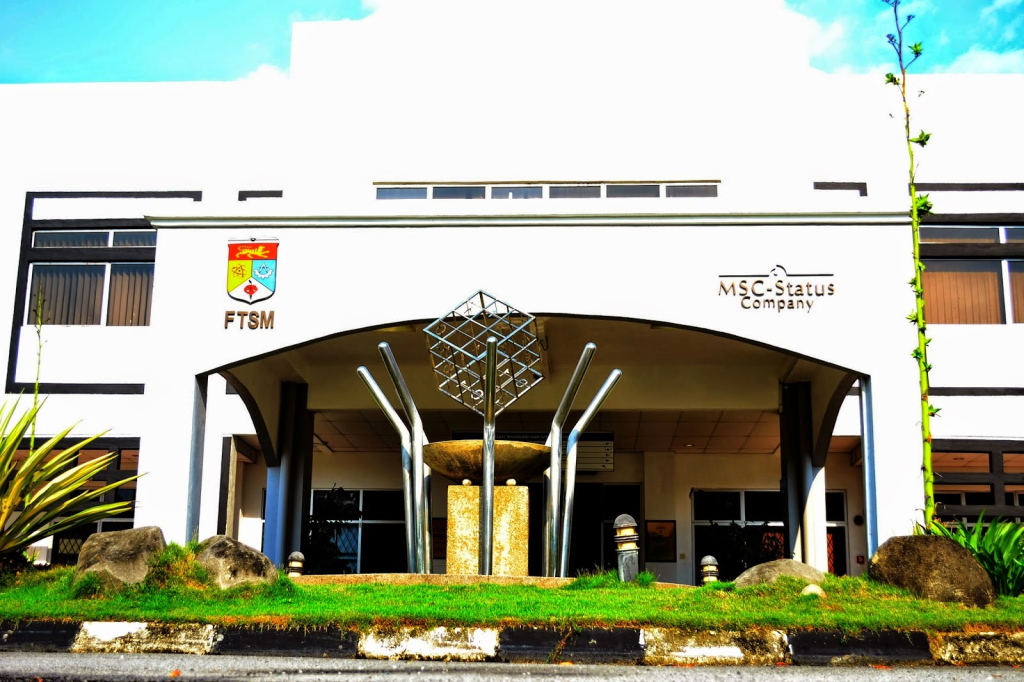
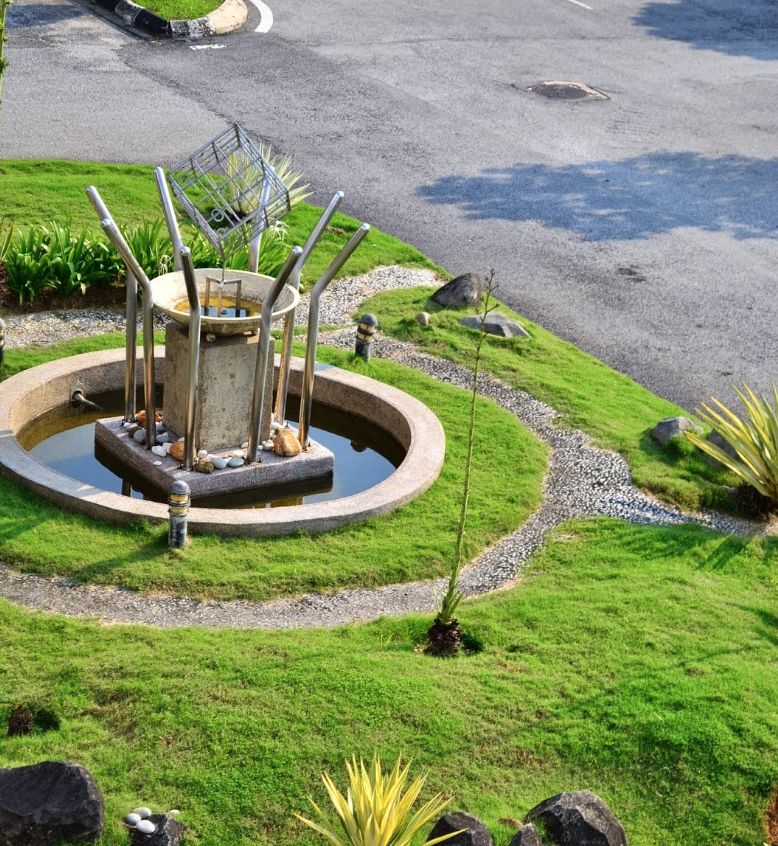

3. UKM Graduate School of Business
UKM-GSB upholds its tradition in providing quality and excellence Business learning experience and prioritizing research as a legacy inherited from the Business fraternity in Universiti Kebangsaan Malaysia (UKM).
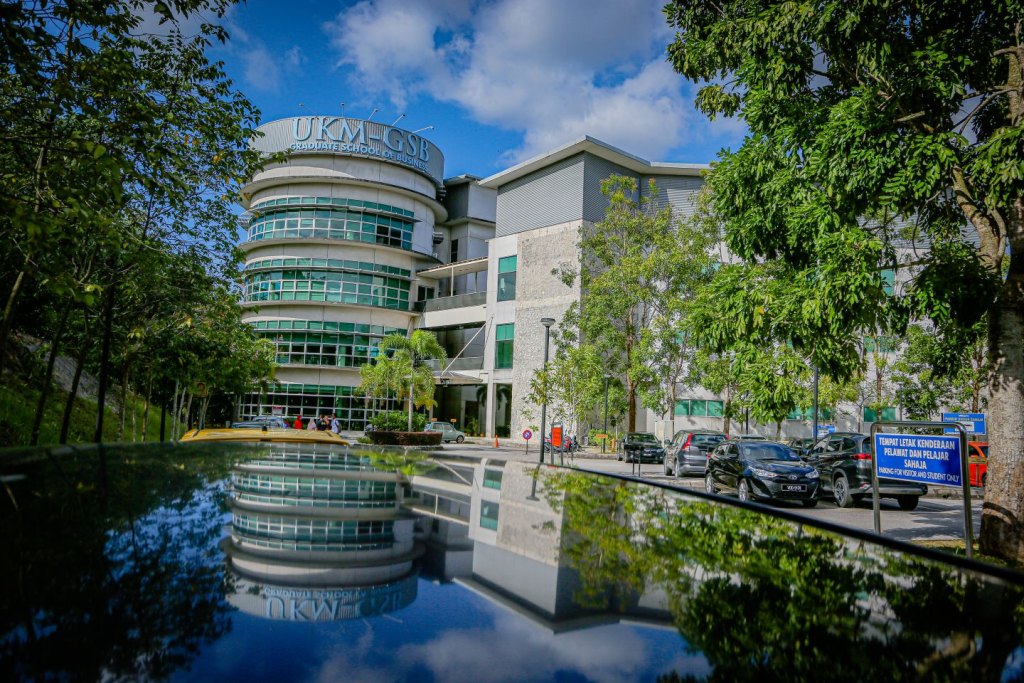
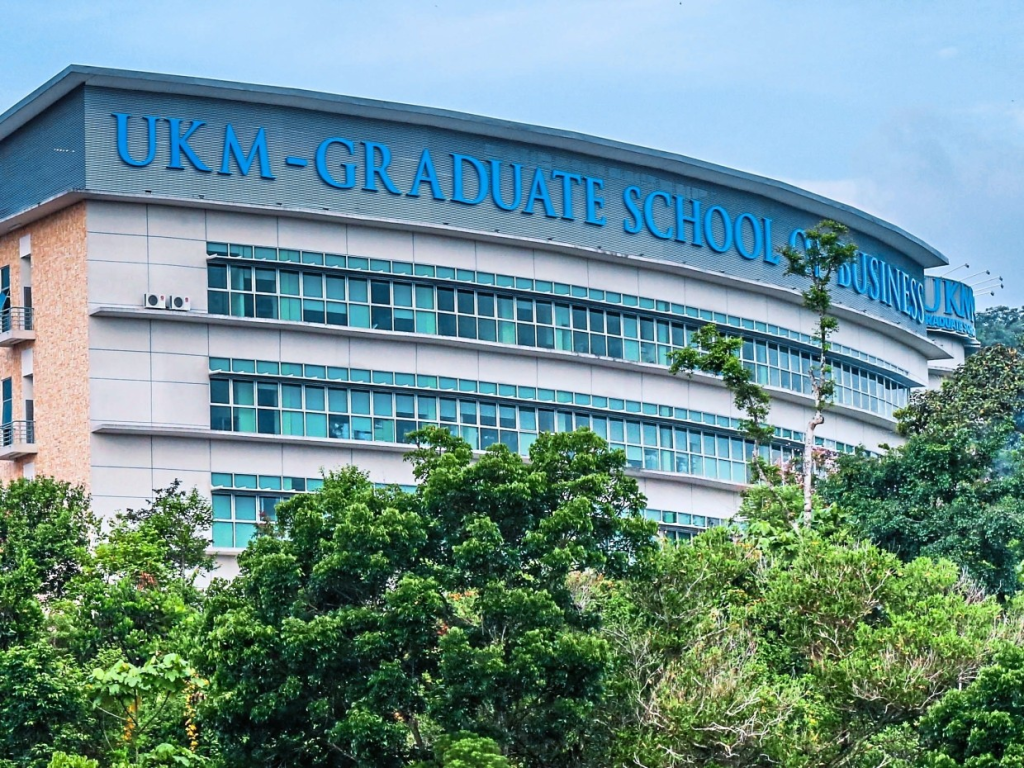
4. Faculty of Islamic Studies
The Faculty of Islamic Studies was established on 18 May 1970 together with the establishment of the National University of Malaysia. This faculty is one of the faculties that was first established at Universiti Kebangsaan Malaysia alongside two other faculties at the time, namely the Faculty of Arts and the Faculty of Science. However, the core of this faculty has already existed which started with the establishment of the Malayan Islamic College in Klang in 1955. The establishment of this faculty is a continuation of the vision and struggle of a group of Malay scholars who want to see an Islamic higher education institution in Malaysia built.
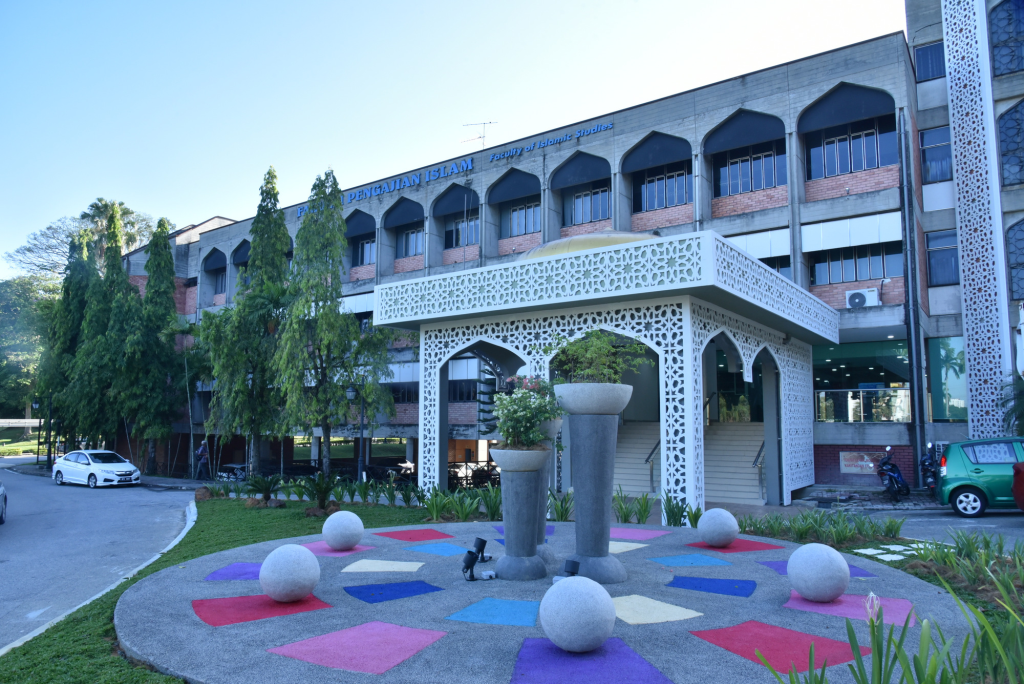



5. Faculty of Social Sciences and Humanities
Mission:
To promote and integrate the exploration of new knowledge for the creation of graduates who are learned, dynamic and guided by national aspirations.
Vision:
To catalyse and pioneer advances in academic scholarships for national development and overall human well being
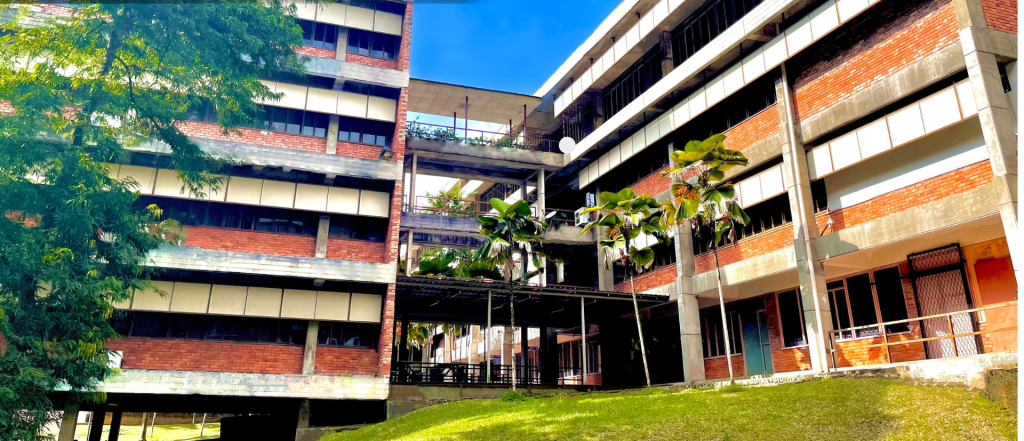
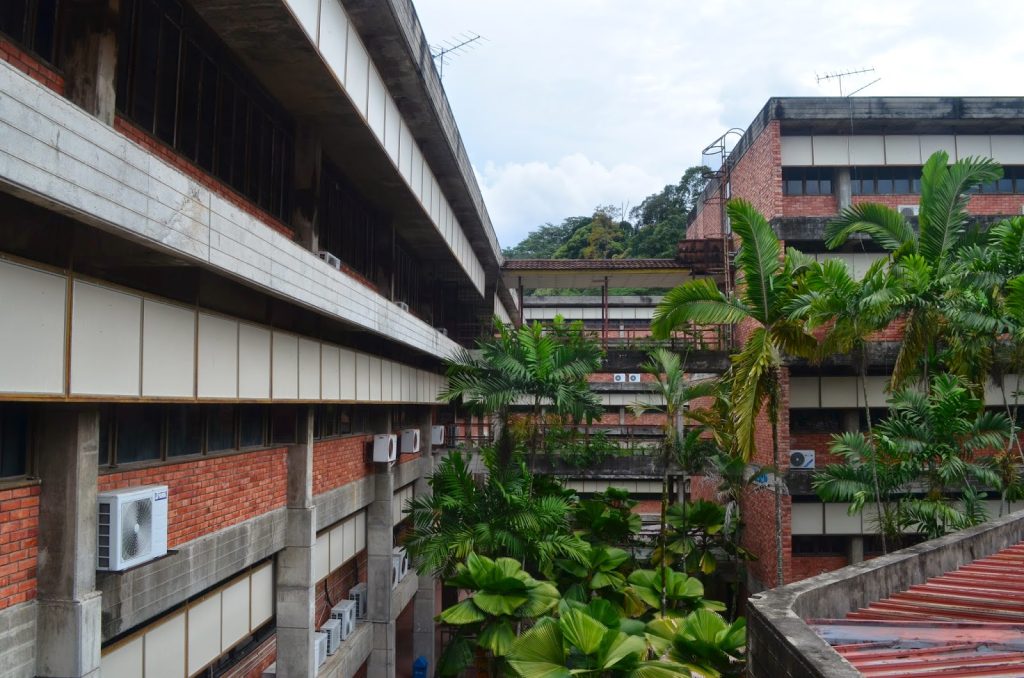
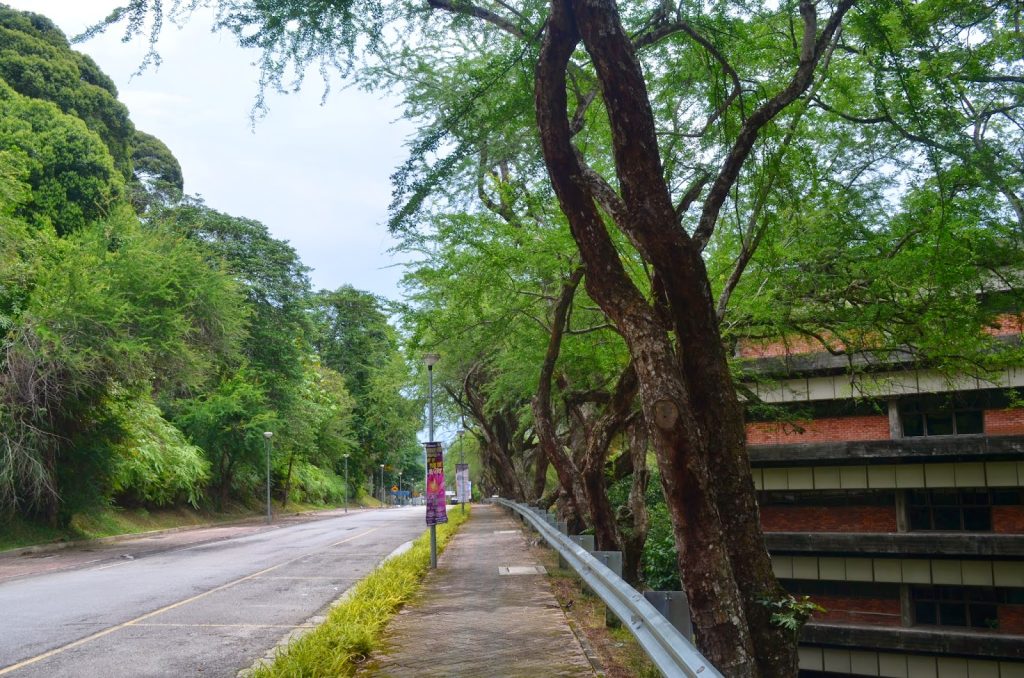
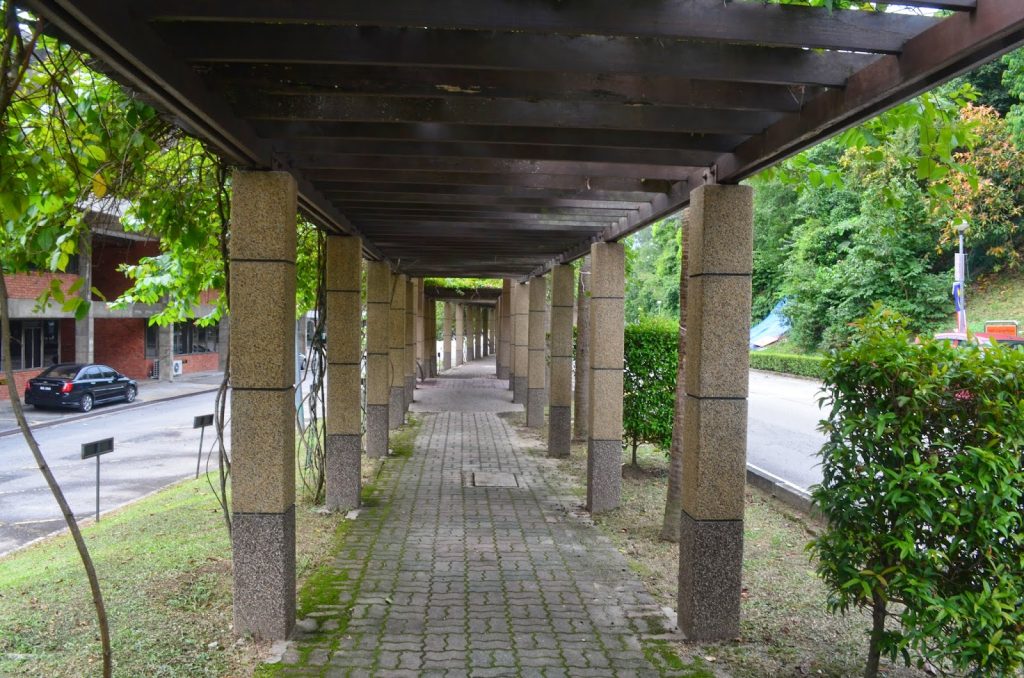
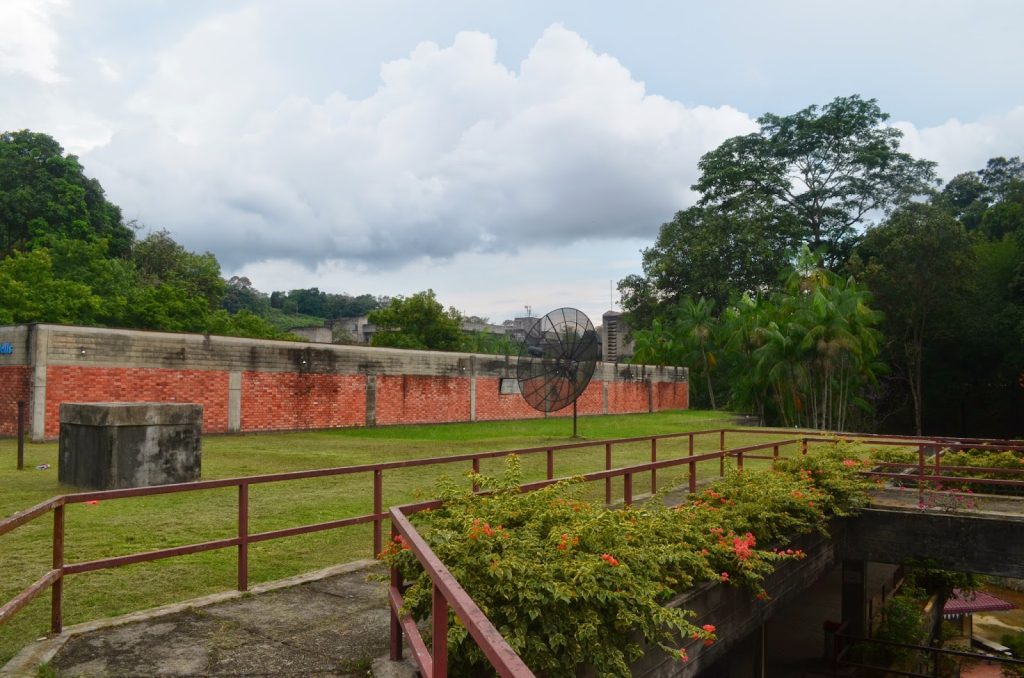
6. Faculty of Law
The Faculty of Law (FUU UKM) is widely regarded as one of Malaysia’s premier law institutions. FUU, UKM is committed to fostering a prospering community and nurturing an environment that encourages critical analysis and reflection on our interdependent world’s fundamental legal issues.
This cohort, established on February 1, 1984, with 36 UKM Law Matriculation Programme students, enrolled for their first year in the Faculty of Law during the 1986–87 academic year.
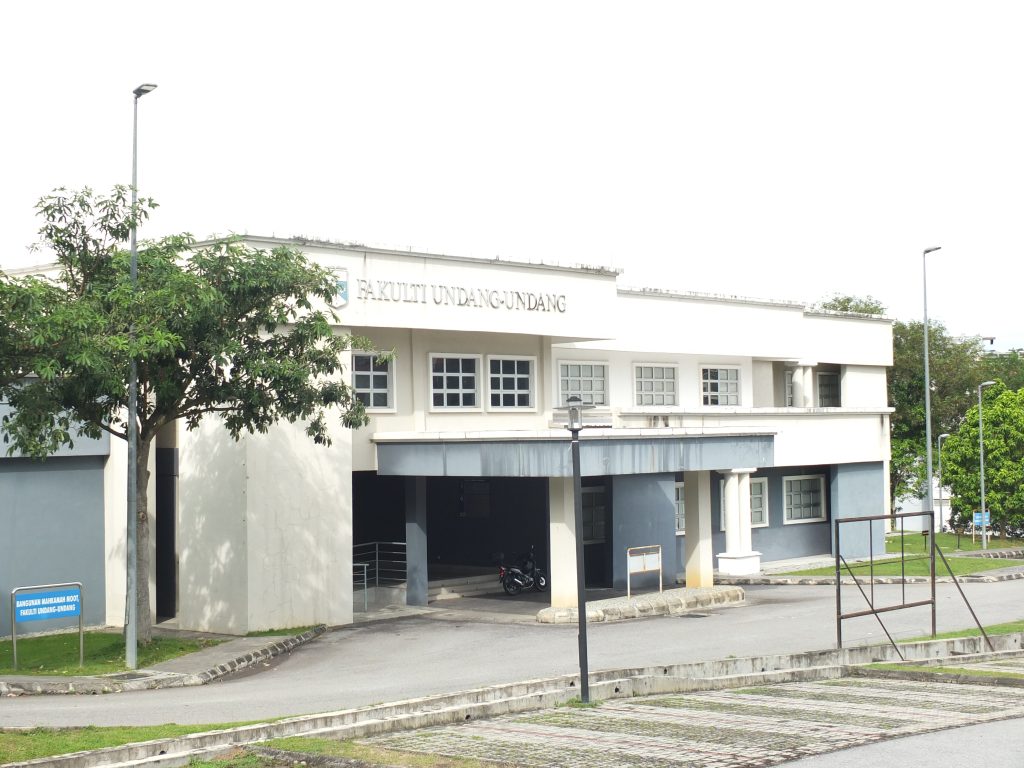
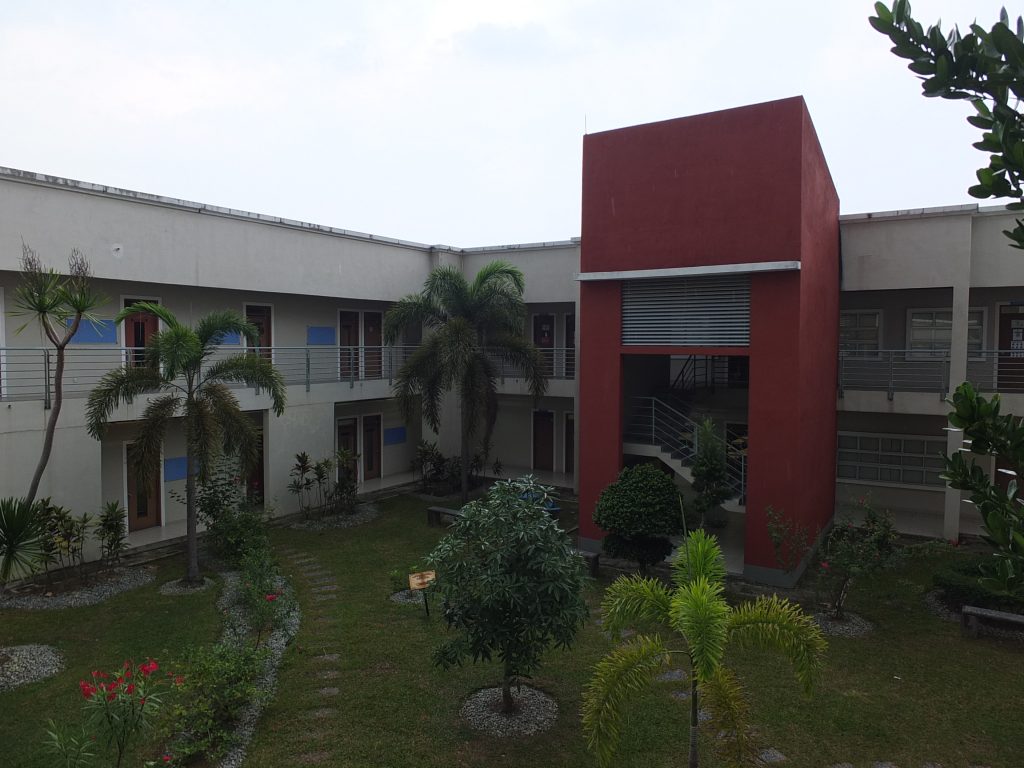
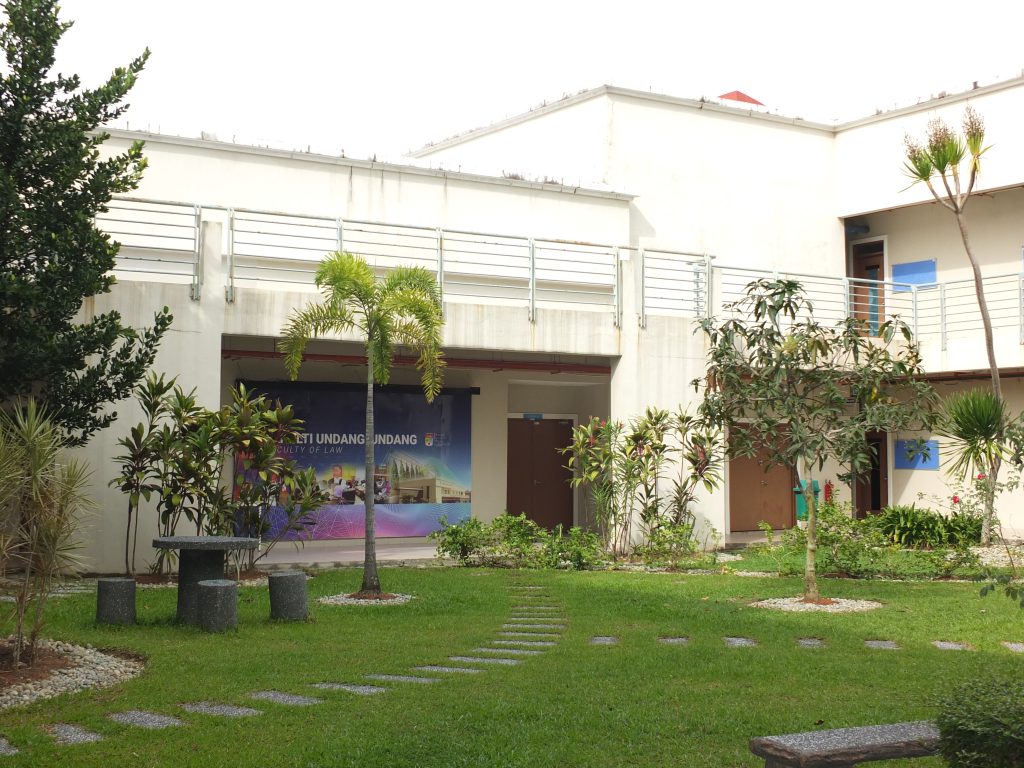
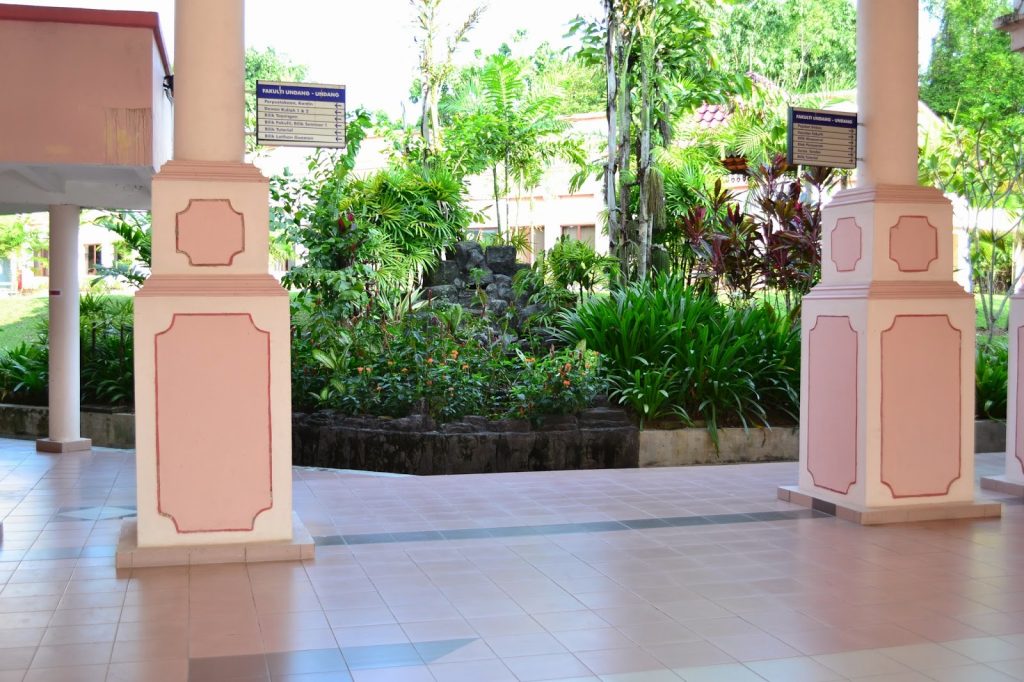
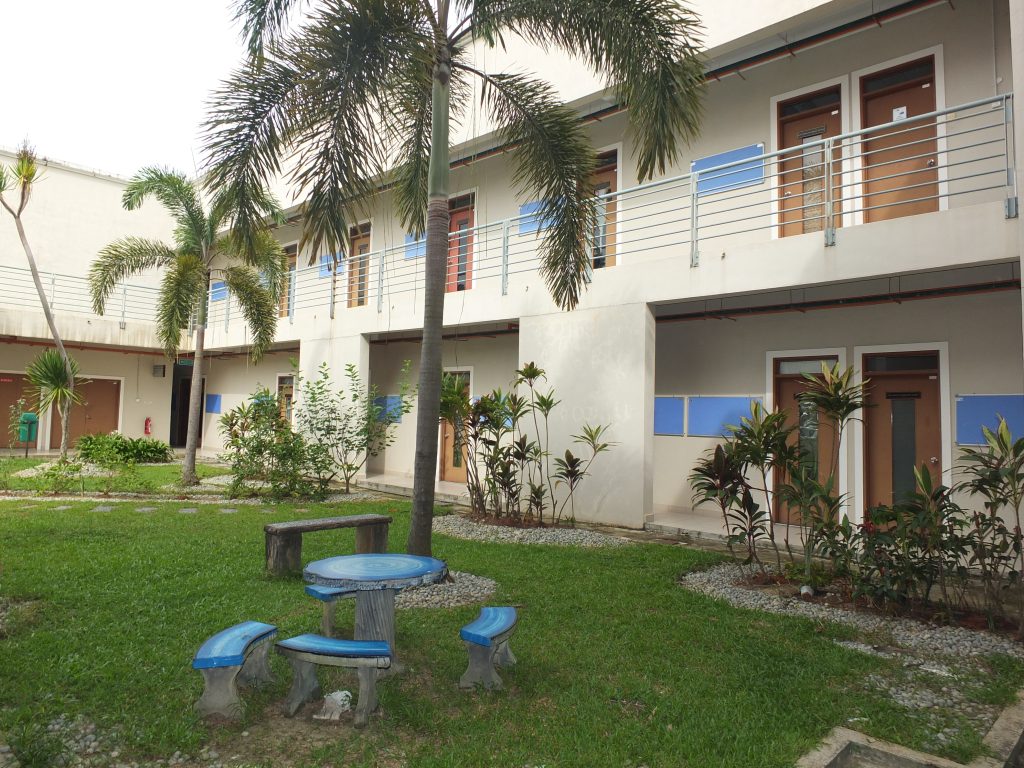
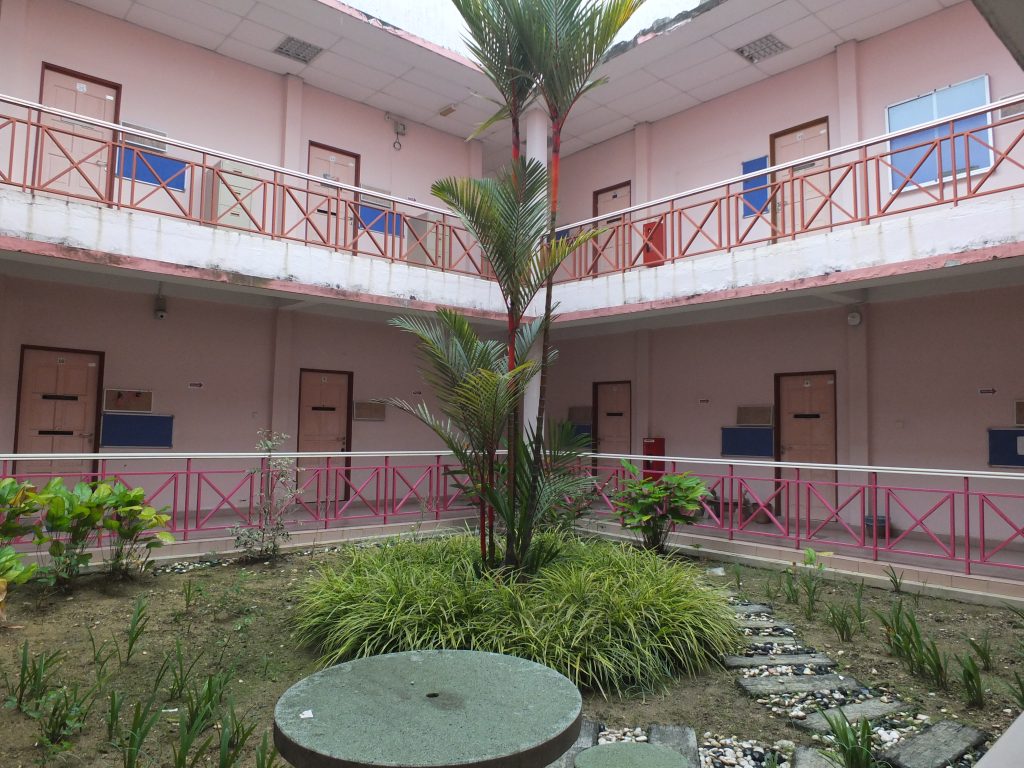
7. Faculty of Dentistry
Faculty of Dentistry at Universiti Kebangsaan Malaysia, which was established in Kuala Lumpur in 1996. The Faculty of Dentistry UKM has a team of staff who are also leaders in their profession and have a respected reputation for their excellence in research, education and clinical expertise.
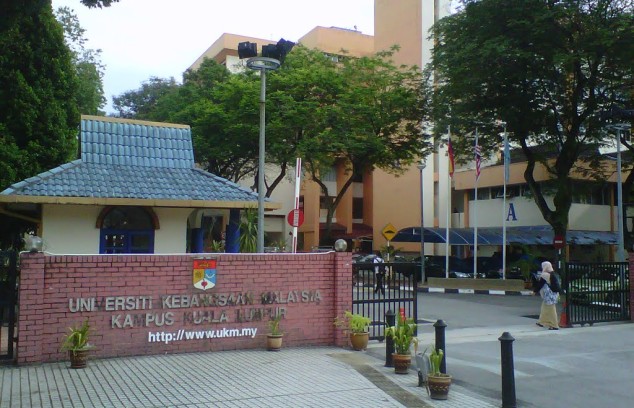
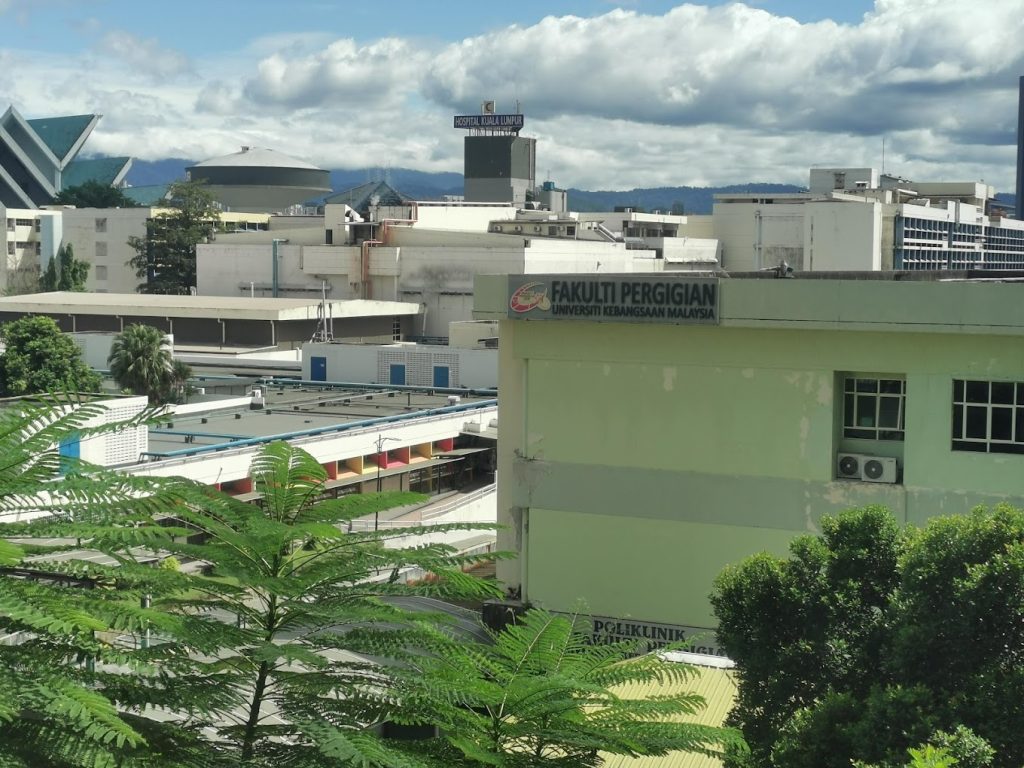
8. Faculty of Engineering and Built Environment
Faculty of Dentistry at Universiti Kebangsaan Malaysia, which was established in Kuala Lumpur in 1996. The Faculty of Dentistry UKM has a team of staff who are also leaders in their profession and have a respected reputation for their excellence in research, education and clinical expertise.

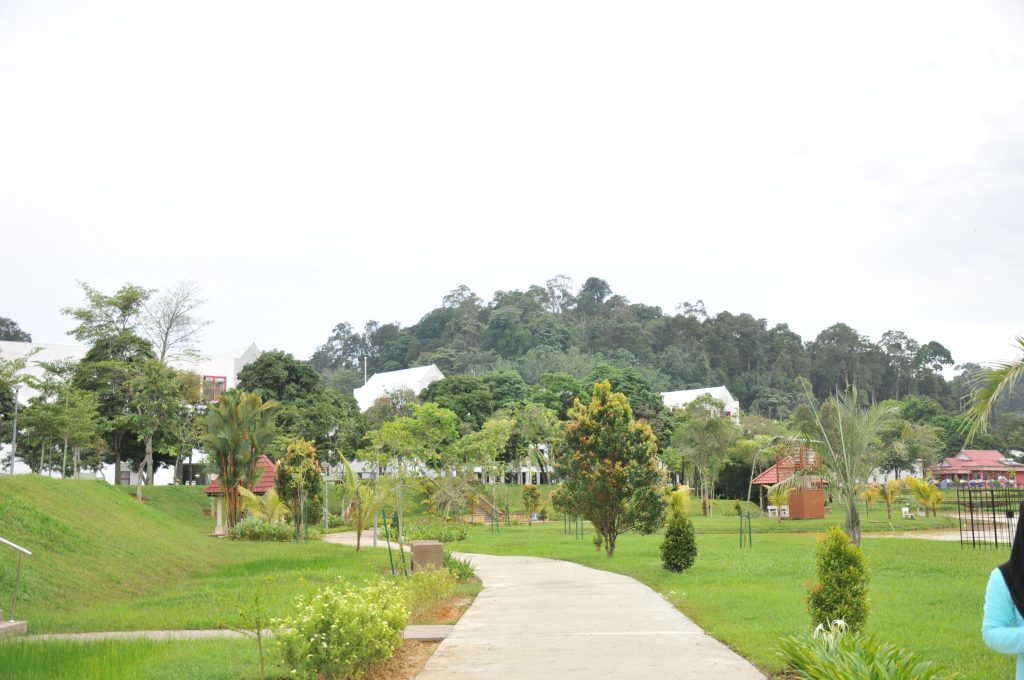
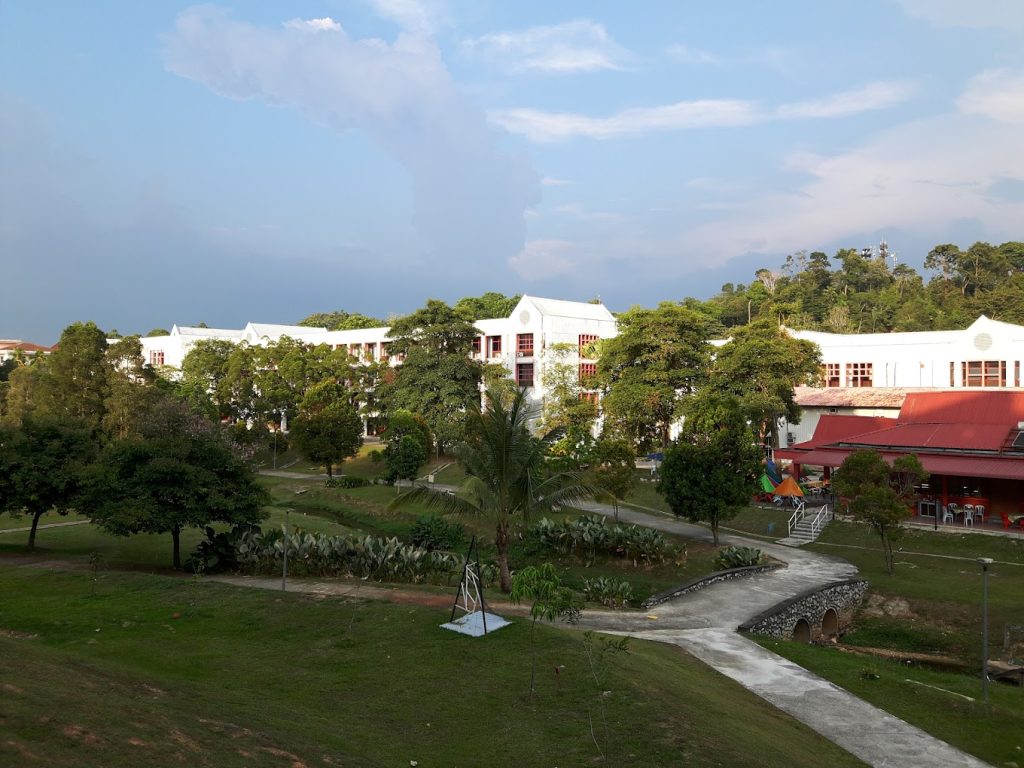
9. Faculty of Education
The Faculty of Education (FPEND) started out as an Education Department within the Faculty of Social Science and Humanities in 1972. This department was upgraded to the status of a Faculty on 16 October 1986. FPEND now operates in its own building located at the second phase, of Bangi campus. FPEND is supported by the Department Foundation of Education and Educational Methodology and Practices in conducting programmes for both undergraduate and postgraduate education.
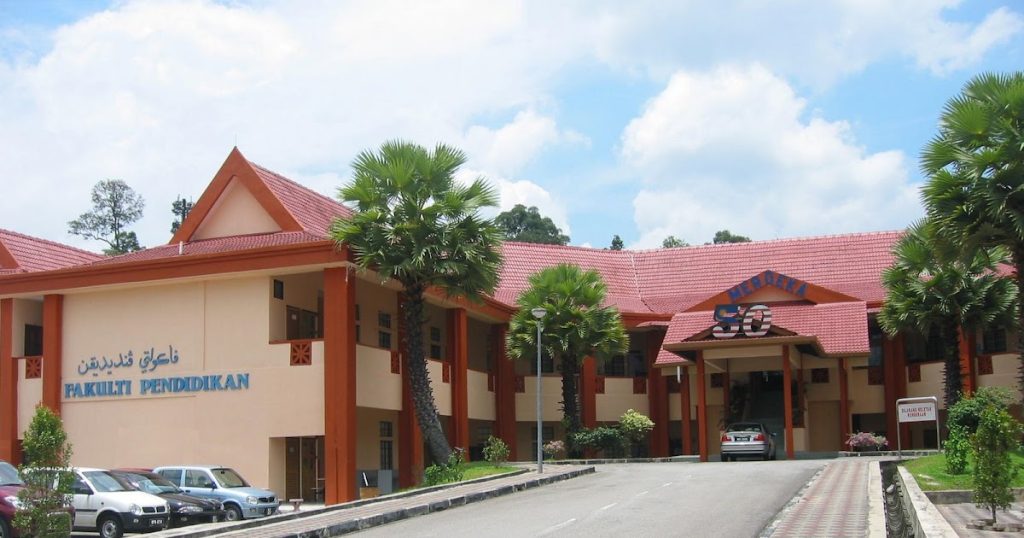
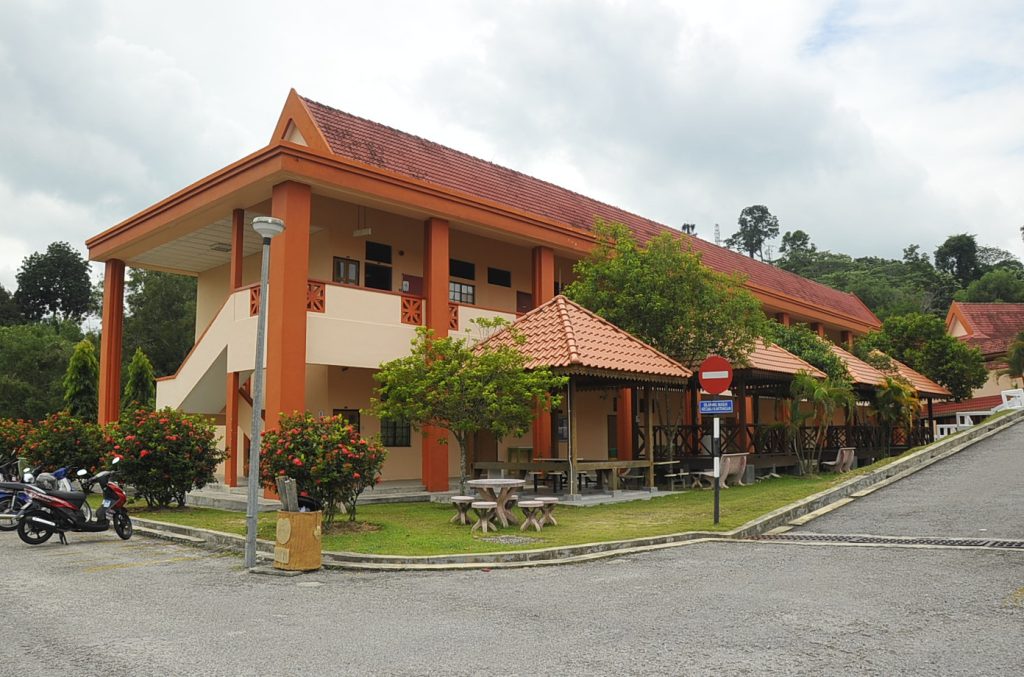
10. Faculty of Economics and Management
The increasing complexity of the economics and management disciplines, combined with market demand for human resources gave impetus to the separation of the faculty into two faculties-namely, Faculty of Economics and the Faculty of Business Management. This took place on 16th May 1979. From then on, the two faculties developed by leaps and bounds, each on its way.
In 1996, the top management of UKM considered restructuring the university faculties and academic departments. In August 1997, it was decided that the merging of faculties would be based on discipline groupings.
Beginning 1999, all faculties in the science group would be amalgamated into a faculty named the Faculty of Science and Technology. This was followed in 2001 by the Faculty of Social Science and Humanities, Faculty of Development Sciences, and Faculty of Language Studies, all of which became the faculty of Social science and Humanities. On 1st April 2004, the faculty of Economics and the Faculty of Business Management became the Faculty of Economics and Business.
The name, “Faculty of Economics and Management” reflects the main disciplines in the field of economics, business management, and accounting as well as the unity knowledge with its epistemological underpinnings.

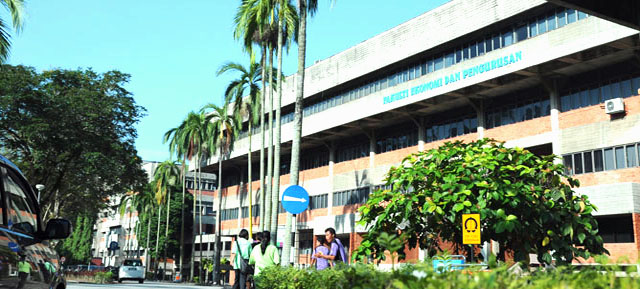

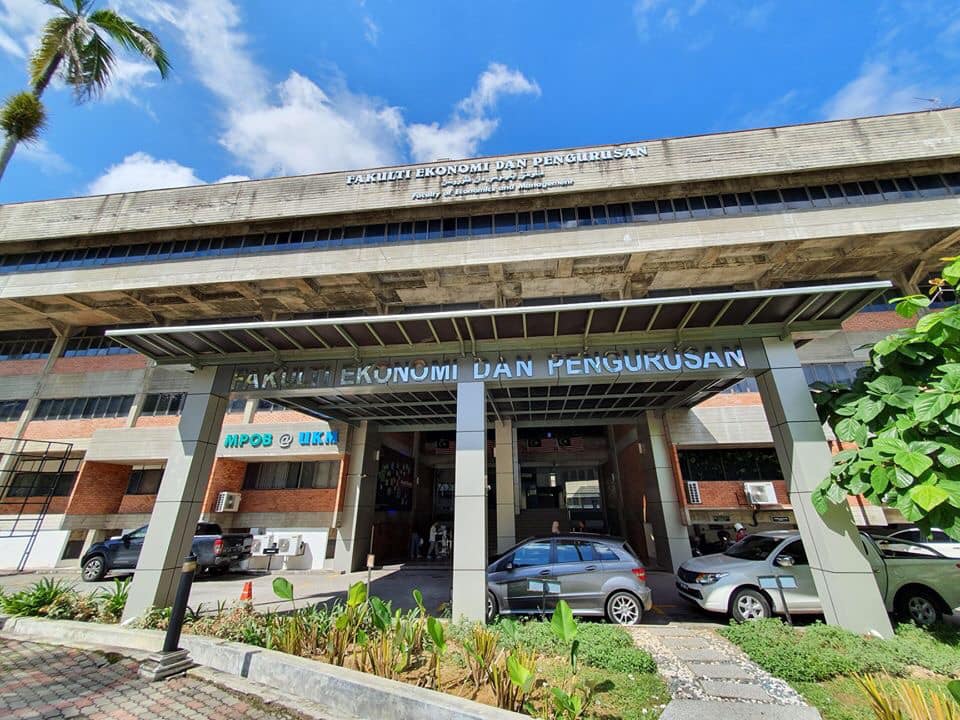
11. Faculty of Medicine
Vision:
To become a knowledgeable and competitive medical academy hub based on knowledge, innovation and a team of dedicated medical professionals in building a healthy and informed society.
Mission:
To provide education in medical professionals and high quality services based on research, medical arguments, innovation and social sensitivity.
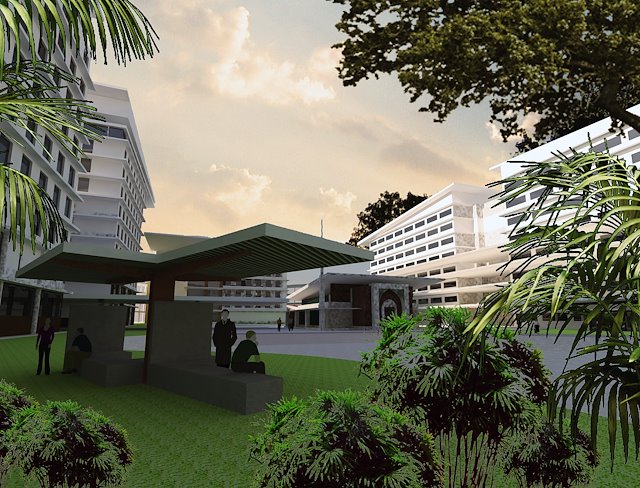
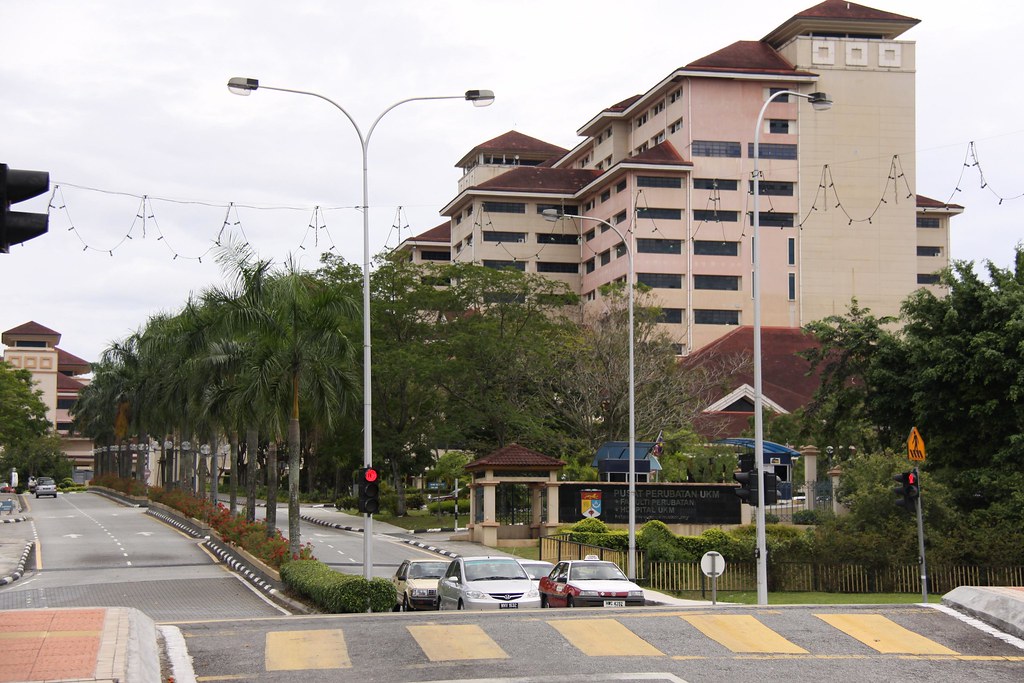
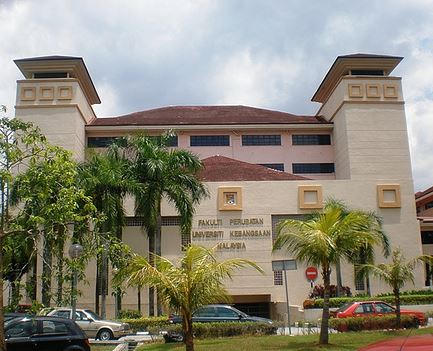
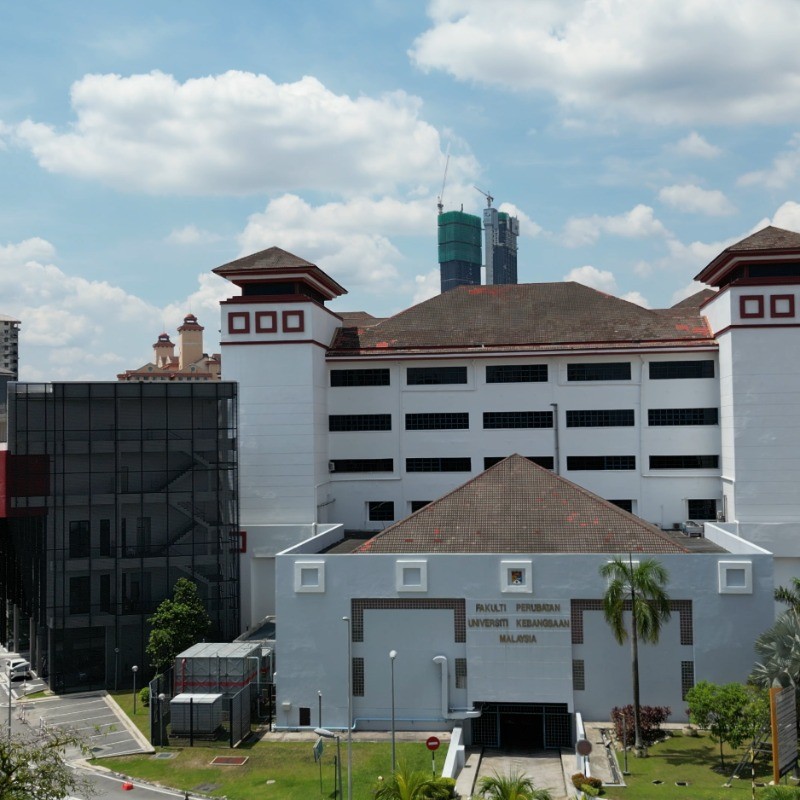
12. Faculty of Pharmacy
UKM Faculty of Pharmacy has been offering reputable and fully accredited undergraduate and postgraduate degrees since 1995. Our BPharm(Hons) program is registered with Pharmacy Board Malaysia (LFM) and has since produced skillful pharmacy graduates with high employability rate as registered pharmacists. Being within the Top 200 universities in the world, the faculty has also excelled in cutting-edge research in the areas of drug and herbal development, drug delivery technology and quality use of medicine. Using a holistic approach, we envisioned to deliver high quality pharmacy education, scholarly research and service to the profession and society.

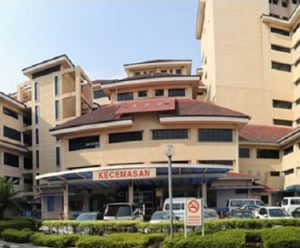
13. Faculty of Health Sciences
UKM Faculty of Pharmacy has been offering reputable and fully accredited undergraduate and postgraduate degrees since 1995. Our BPharm(Hons) program is registered with Pharmacy Board Malaysia (LFM) and has since produced skillful pharmacy graduates with high employability rate as registered pharmacists. Being within the Top 200 universities in the world, the faculty has also excelled in cutting-edge research in the areas of drug and herbal development, drug delivery technology and quality use of medicine. Using a holistic approach, we envisioned to deliver high quality pharmacy education, scholarly research and service to the profession and society.


14. School of Liberal Studies (Citra UKM)
School of Liberal Studies (Citra UKM) was inaugurated on 10th July 2013 to replace the Centre for General Studies in response to the Ministry of Higher Education’s need for higher education institutions in Malaysia to provide more focus on liberal and multidisciplinary education across all programs of studies.
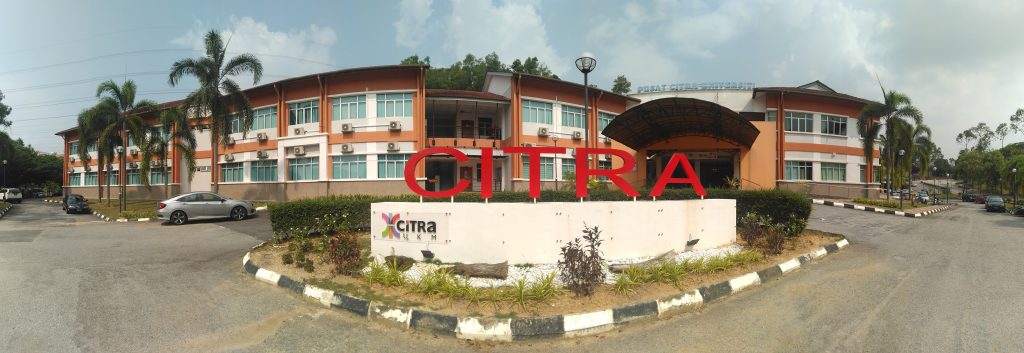

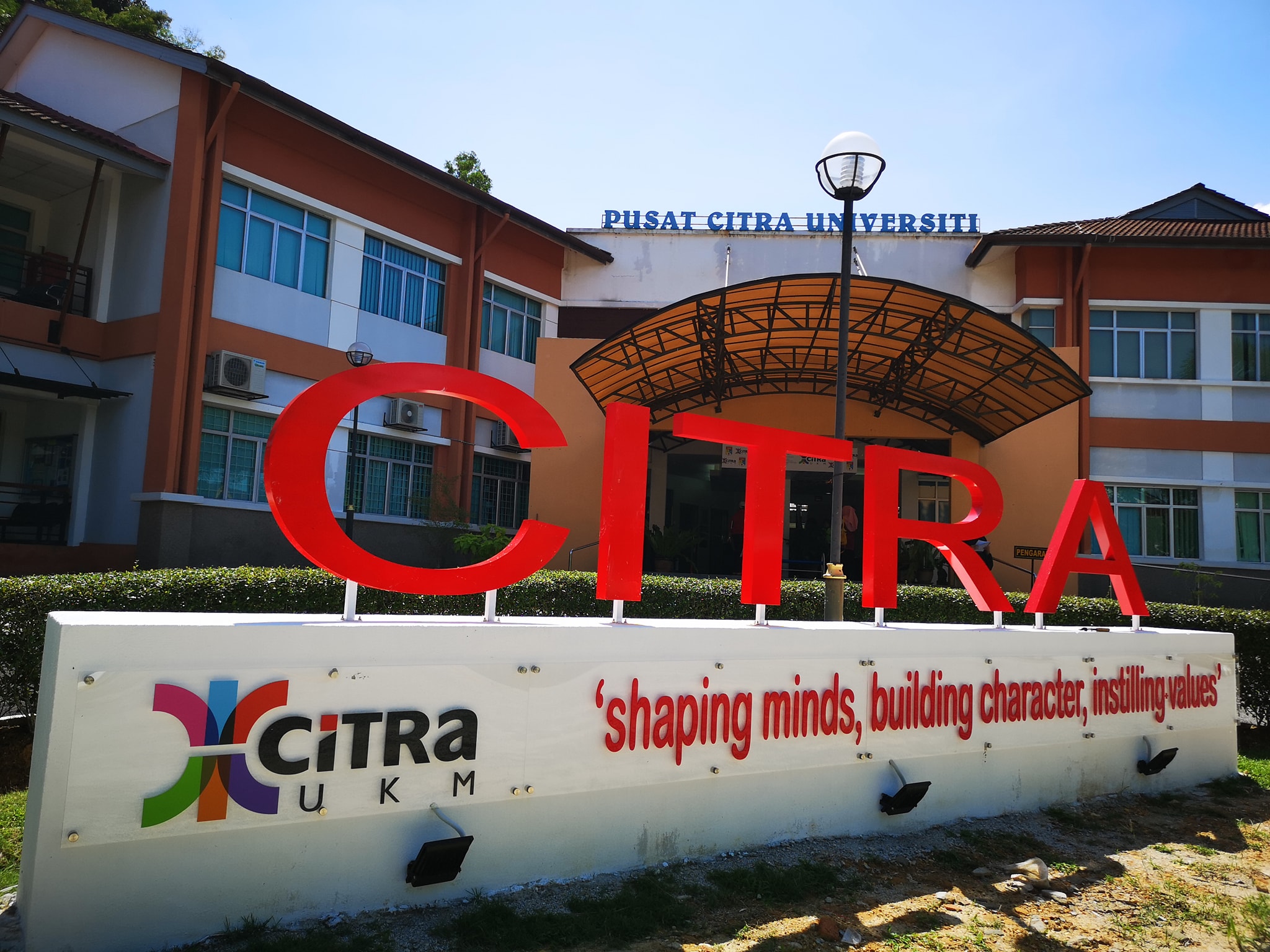
Taman Botani UKM @ Faculty of Science and Technology
Become a center for the conservation and preservation of selected plant groups and biological diversity of flora and fauna within the Taman Botani environment.
Taman Botani UKM (TBB FST-UKM) established in August 2020 is a combination of four units:
- Plant House Complex
- Fern Garden
- Herb garden
- Bangi Permanent Forest Reserve
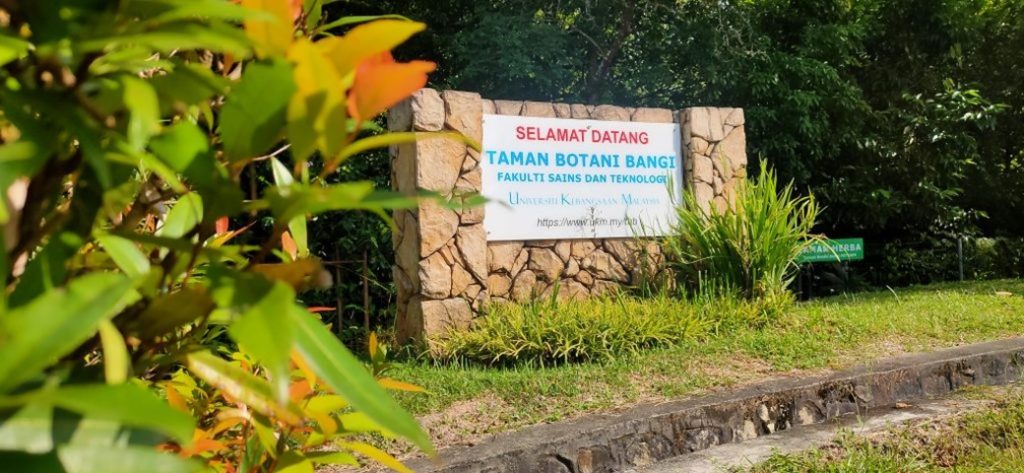


1. Plant House Complex
Plant House Complex consists of several main sections including a farm, a greenhouse, a nursery and a research laboratory. There are 25 farm plots labeled starting from farm A to farm Y. These Plant House Complex are suitable for planting fertigation crops, growing vegetables, raising livestock and so on. In addition, there are 5 units of greenhouses and each of these greenhouses has a different “rolling bench”, for example 27 units that can hold as many as 1080 seedlings. In addition, the nursery at the Taman Botani UKM focuses on the reproduction of seedlings of herb trees, decorative trees, kitchen garden trees, fruit trees and various species of forest trees. Various research laboratories located in the Plant House Complex. The research laboratory covers research fields in the study of plant pathology, plant engineering, plant anatomy, plant molecules and etc.

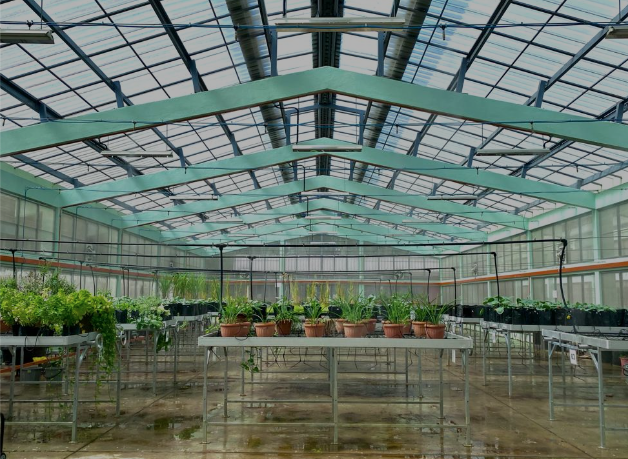
2. Fern Garden
Taman Paku Pakis UKM (TPPUKM) or Fern Garden of UKM (Fernarium) is the first fern garden created in Malaysia. It was established in 1988 in a 13-hectare hillside area that was previously earmarked as an arboretum site. This Fern Garden has also been registered and recognized by Botanic Gardens Conservations International (BGCI) at the International Union for Conservation of Nature Resources (IUCN), Kew, United Kingdom. The park is divided into three main sections namely ethnobotany, conservation and exotic, and also has six paths through a diverse collection of ferns consisting of 46 genera and 25 families of pteridophytes. The richness of flora and fauna in this park has attracted many researchers and students to study and learning their habits, physiology, interactions and chemical content. Therefore, the conservation of this park is important for the sustainable biodiversity of the area.


3. Herb Garden
Taman Herba or Herb Garden was created at UKM for the purposes of education, learning, research, conservation and awareness for the public and for future generations. This two-acre (0.8 hectare) Herb Garden has about 450 species of plants from families such as Zingiberaceae, Rutaceae, Euphorbiaceae, Rubiaceae, Acanthaceae, Annonaceae, Apocynaceae, Piperaceae and many more. The Herb Garden was established in November 2009, located next to the FST Fern Garden and close to the Plant House Complex.

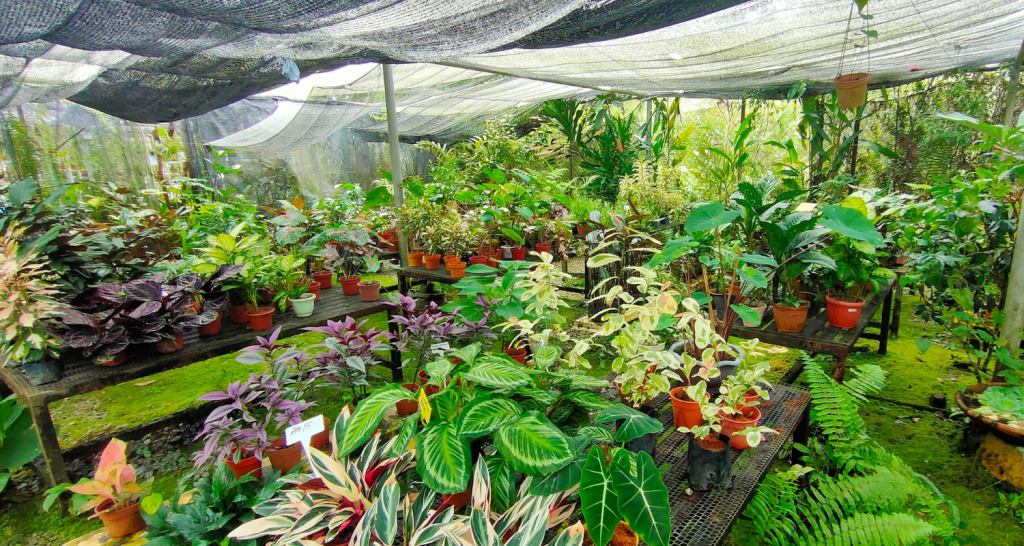
4. Bangi Permanent Forest Reserve
Bangi Permanent Forest Reserve was gazetted in 1906 and handed over to UKM in 1970 for campus construction. This dipterocarp type tropical forest was renamed the Universiti Kebangsaan Malaysia Permanent Forest Reserve with an area of 138 hectares. The highest peak is Bukit Rupa, 105 meters above sea level. There are approximately 600 species of flora and 800 species of fauna that can be found in the Bangi Forest Reserve. This species is a botanical study for B.Sc., M.Sc. level graduates. and Ph.D.


Taman Ilmu @ Chancellory
Pusat Strategi UKM has developed Taman Ilmu with the concept of an urban garden. There are many types of vegetables and herbs grown in the Chancellory UKM. This initiative is to cultivate the practice and as a sign of support for the efforts towards the Sustainable Development Goals (SDG).
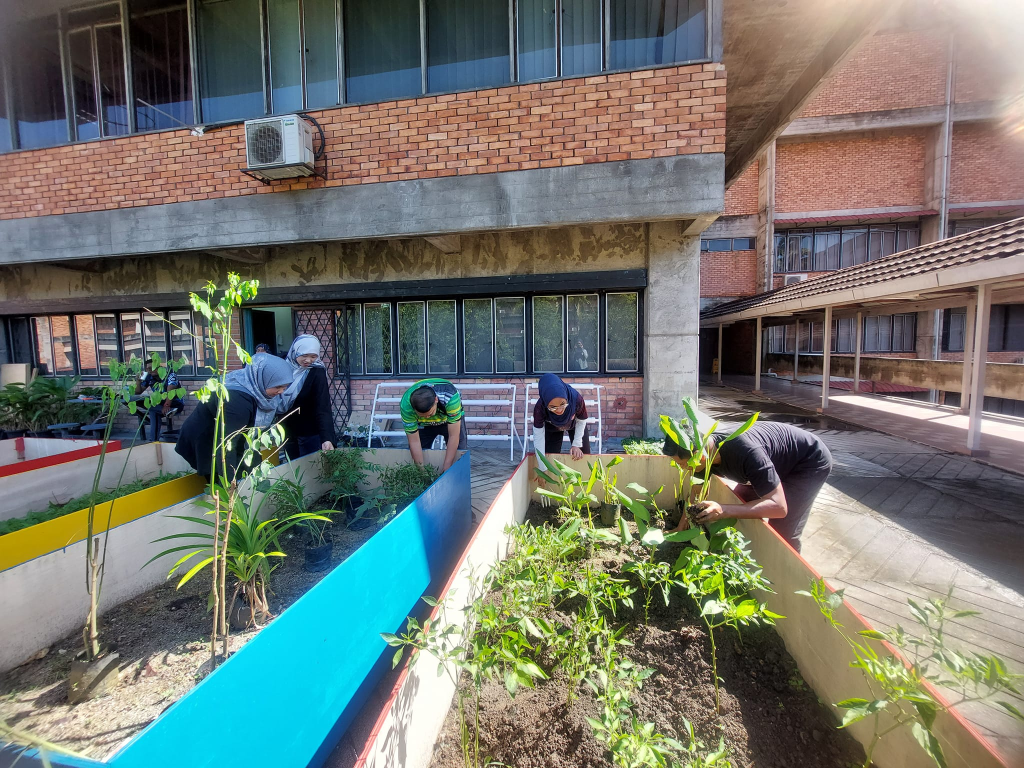
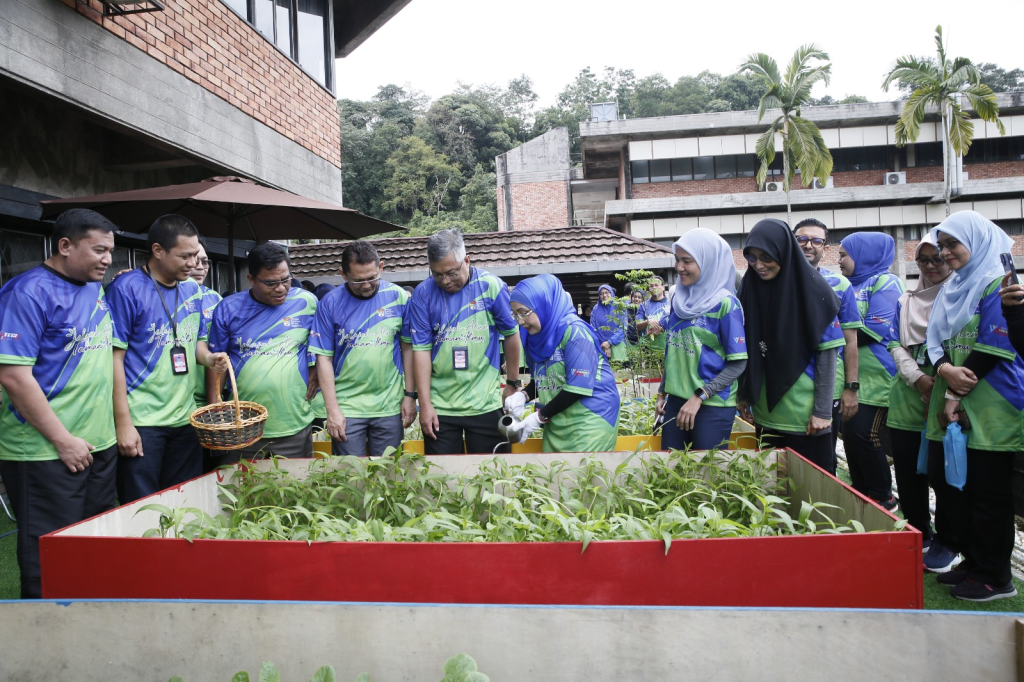

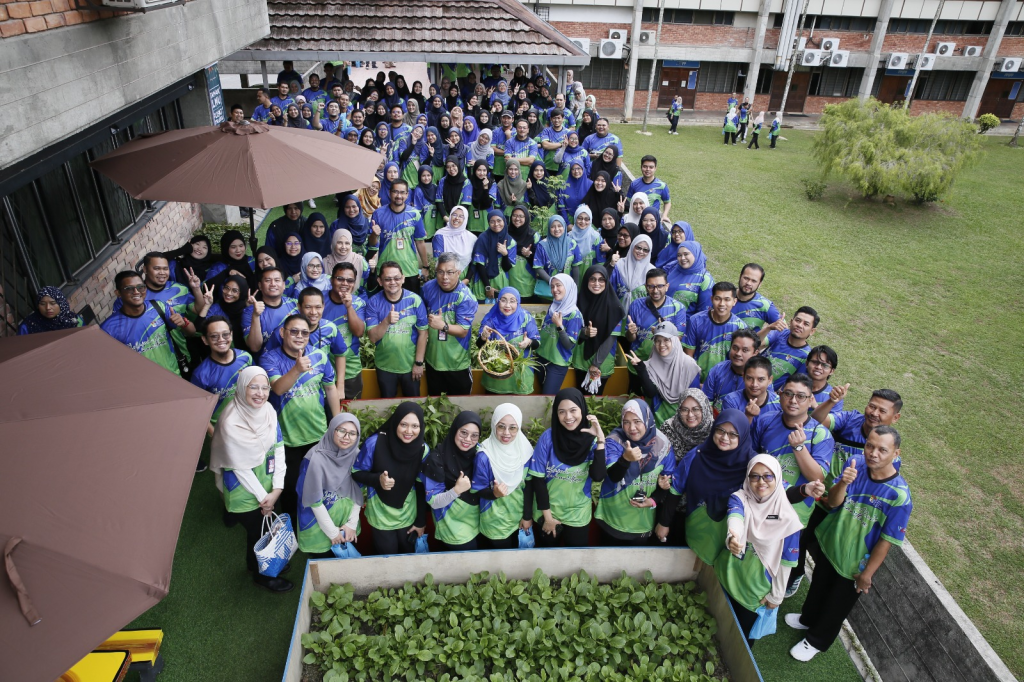
Taman Lestari UKM
Taman Lestari UKM YSD@FKAB was developed by the UKM-YSD Sustainability Chair as a hub for urban agriculture education in an effort to promote a culture of sustainable living. This garden that is planted with various types of vegetables, such as lettuce, mustard greens, okra and sweet potato.




Istana Puteri Bongsu
The Museum Department bought Istana Puteri Bongsu fulfils the needs of the Malay World Ethnology Museum. It was first renovated in 2002 and has been stored in the Lukut Museum for 5 years. 2006 it was rebuilt in Taman Pantun, UKM. Around the palace there are lush trees making the atmosphere peaceful and comfortable, it is better known as Laman Ilmu filled with 199 trees, while each tree is completed with a verse related to the tree. It consists of herbaceous, fruit and ornamental trees.


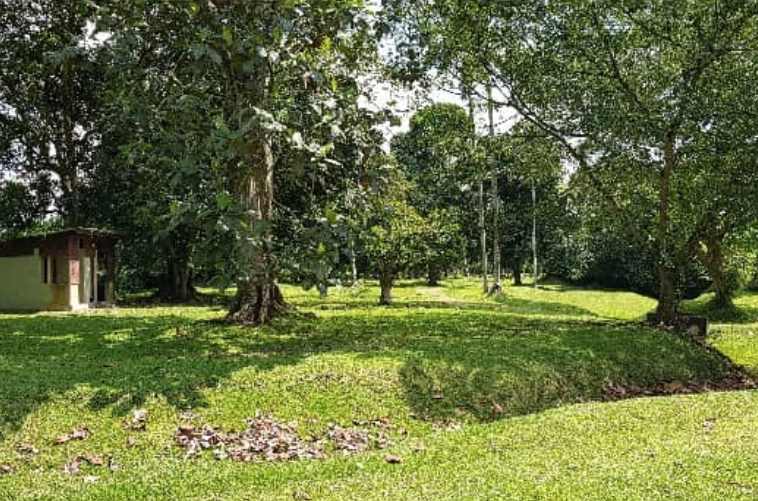
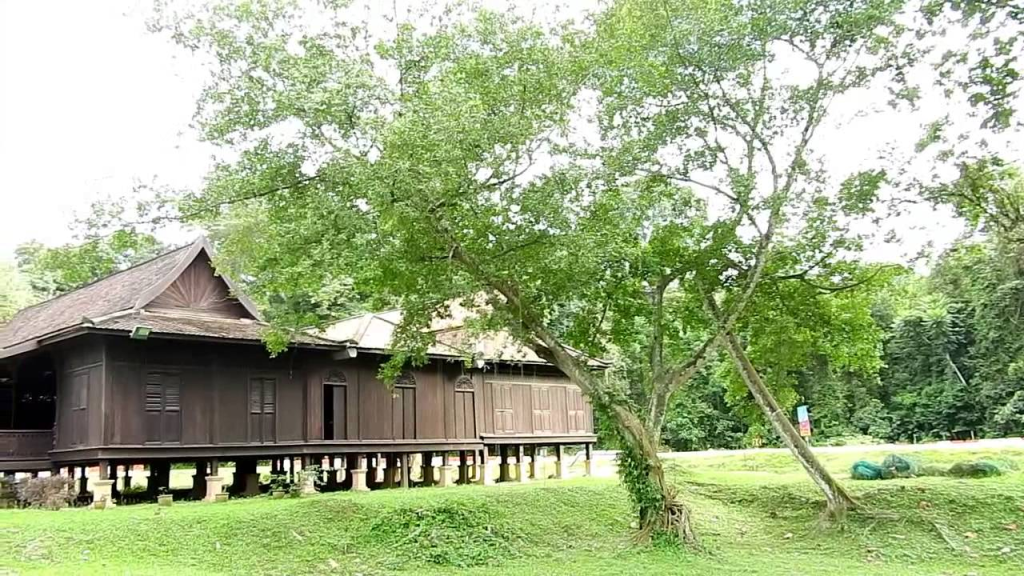
Infrastructure Development Department, UKM
Established on 18 May 1970 in line with the establishment of UKM and operating for the first time at the Language Institute Building, Lembah Pantai and now operating permanently at UKM Bangi Campus.
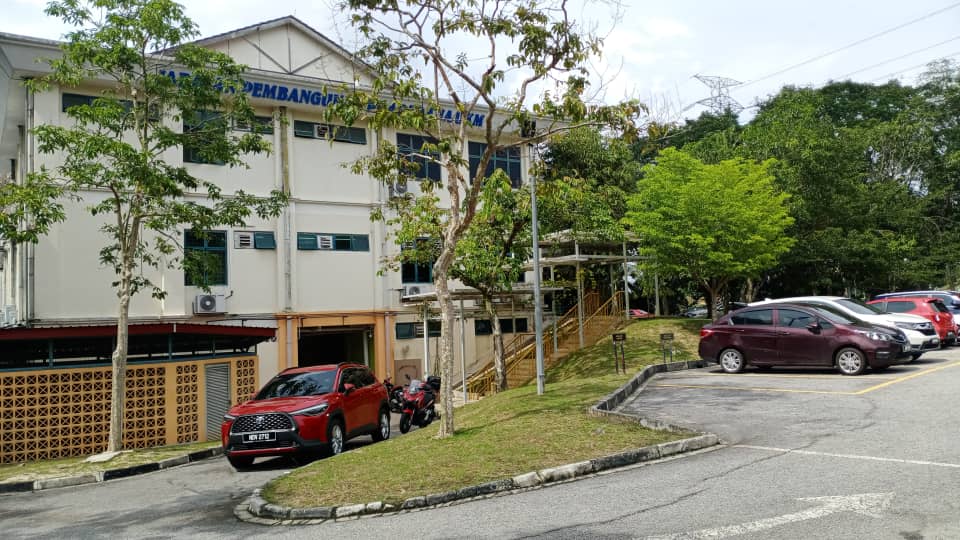
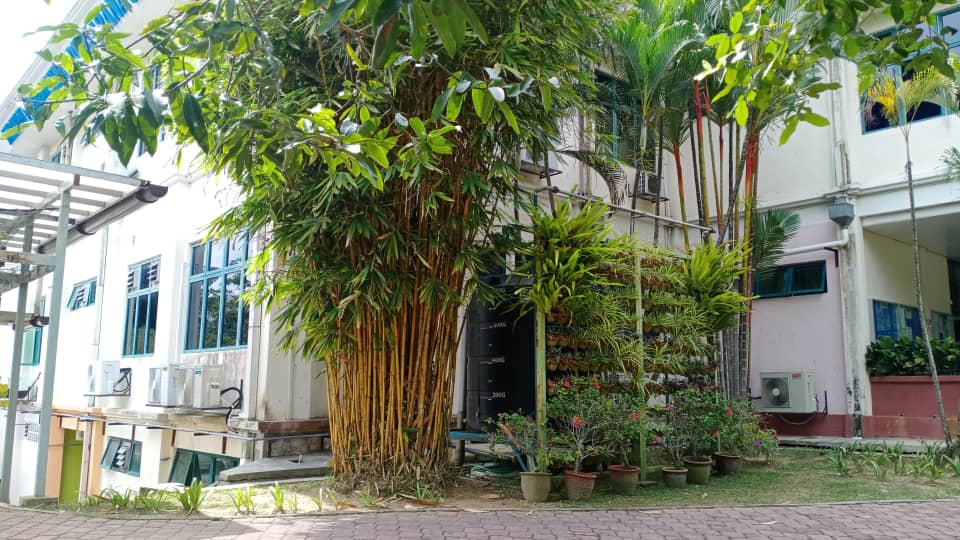
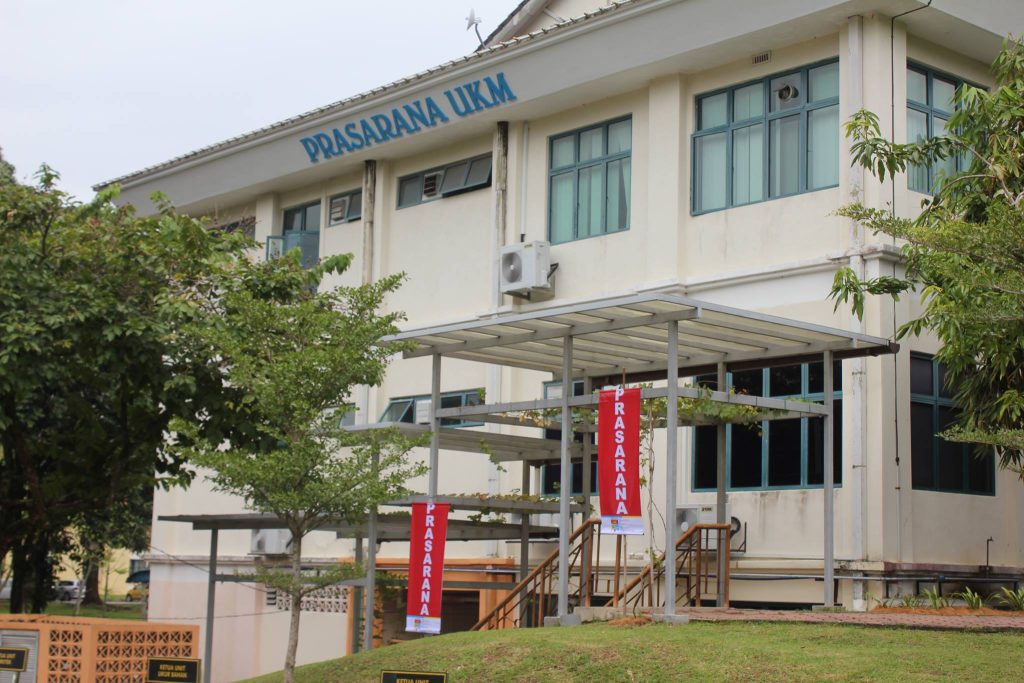
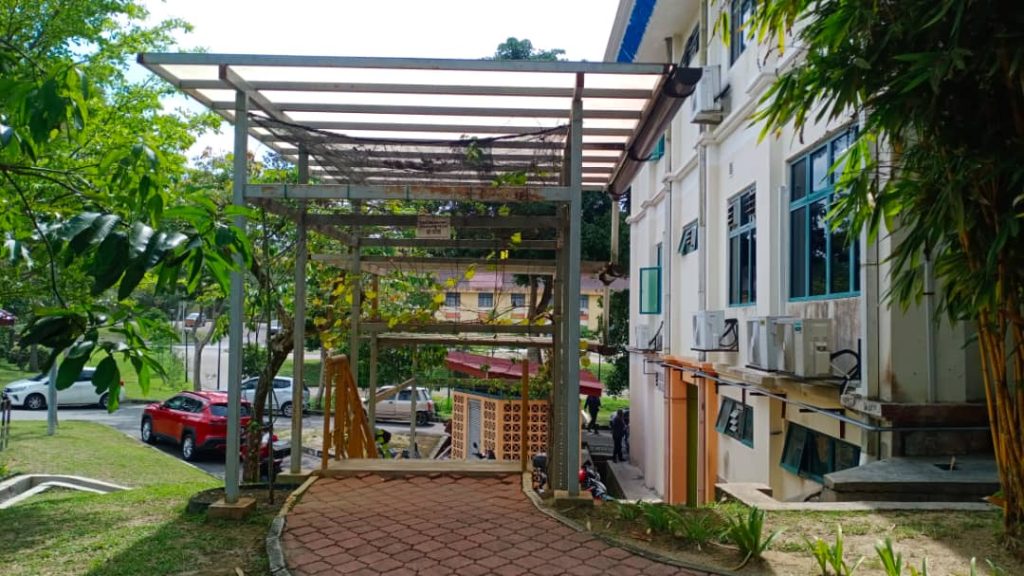
Sport Facility
The Universiti Kebangsaan Malaysia Sports Unit was established in 1974 and later upgraded to Sports Centre in 2009. It marked 44 years of its establishment to-date. In its early beginning, the Centre only had one personnel and it evolved continuously to its current capacity of 39 workforce with various grades.
The main roles of the Sports Centre are to manage sports programs involving High-Performance Sports as well as Mass Sports, administration and finance, Sports Science development, maintain and promote sports facilities to outsiders, financial generation, and managing of potential National athletes.
The Sports Centre also works as an advisor in how to organize a tournament and prepare related working papers.
The Sports Centre are not only focused on students but also UKM staff as well as off-campus communities. The role of the Sports Centre is always streamlined and expanded from time to time according to the current development of the nation’s sports through the Institutions of Higher Learning and the National Sports Development Programs.
1. Azman Hashim Sports Arena
A landmark of UKM citizens’ pride – the Azman Hashim Sports Arena. This sports arena, formerly known as the UKM Pavilion, is a high-quality synthetic football pitch. The sports arena is equipped with a gymnasium, cafeteria and seminar room. In addition to providing sports facilities for its citizens, this arena is also a source of income for UKM to develop student sports excellence, improve sports facilities and help students from a welfare aspect. A synthetic football field is a field built using a type of artificial grass produced using special rubber to replace the natural grass surface.
Physically synthetic pitches will last longer and are very tough. In addition to very easy maintenance, this field can also provide a different satisfaction to customers while playing football. The construction of this arena is through an endowment from the Tan Sri Azman Hashim Foundation worth RM3.26 million.




2. UKM Bangi Stadium
UKM Bangi Stadium is a small stadium located at Bangi, Selangor, Malaysia. Its capacity is 500. The stadium is built for Universiti Kebangsaan Malaysia and the UKM F.C. team. Real Mulia F.C. is the other tenant that also use the stadium. It is sometimes used for football matches from the local team. It can also be used as a rugby pitch. Activities made by the university are sometimes held in the stadium.

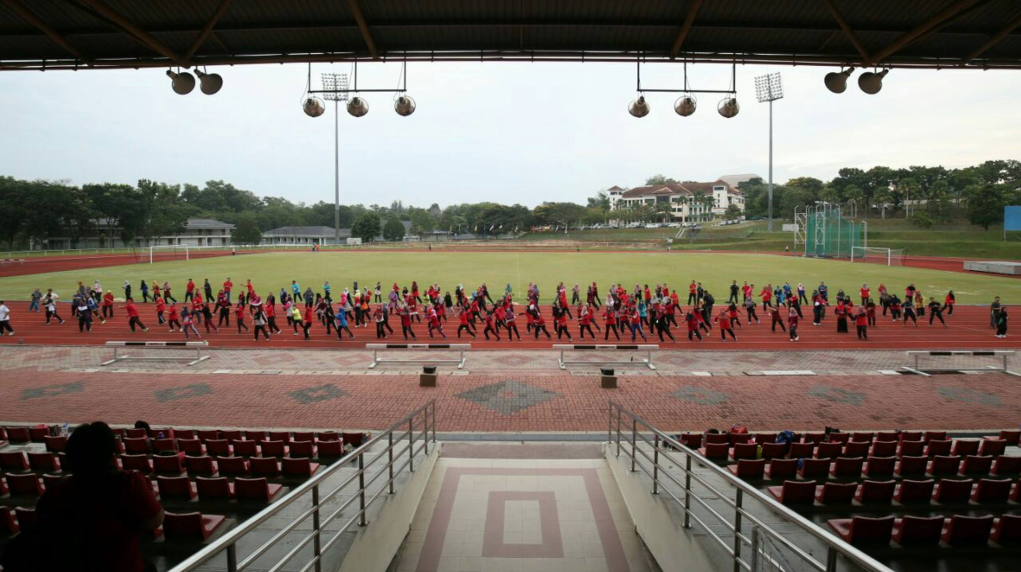


Facilities
1. UKM Stadium


- Seating capacity 450 people
- Track Running (Sports) – 400 meters
- Field event – Bullet Throw, High Jump, Discus Throw, Pole Vault, Javelin Stone
2. Oval Kriket UKM-YSD


- Seating capacity 120 people
3. Softball


4. Netball


5. Basket Ball

6. Sepak Takraw (Outdoor)

3. Swimming Pool

